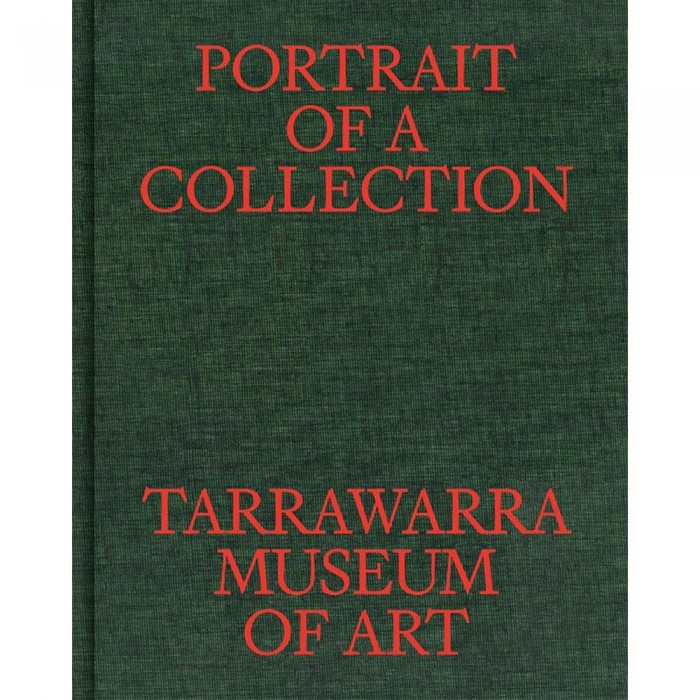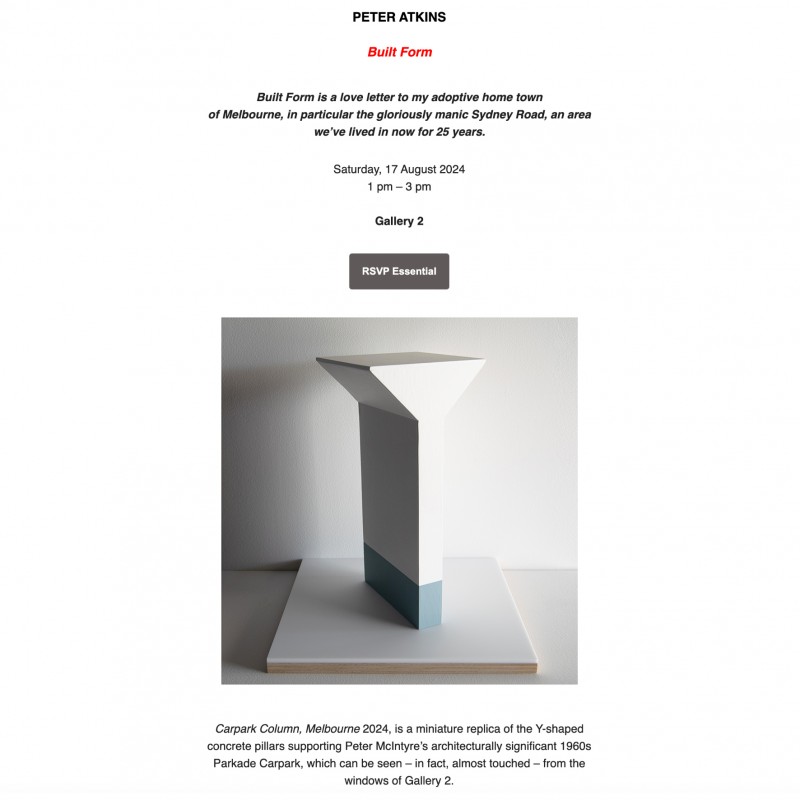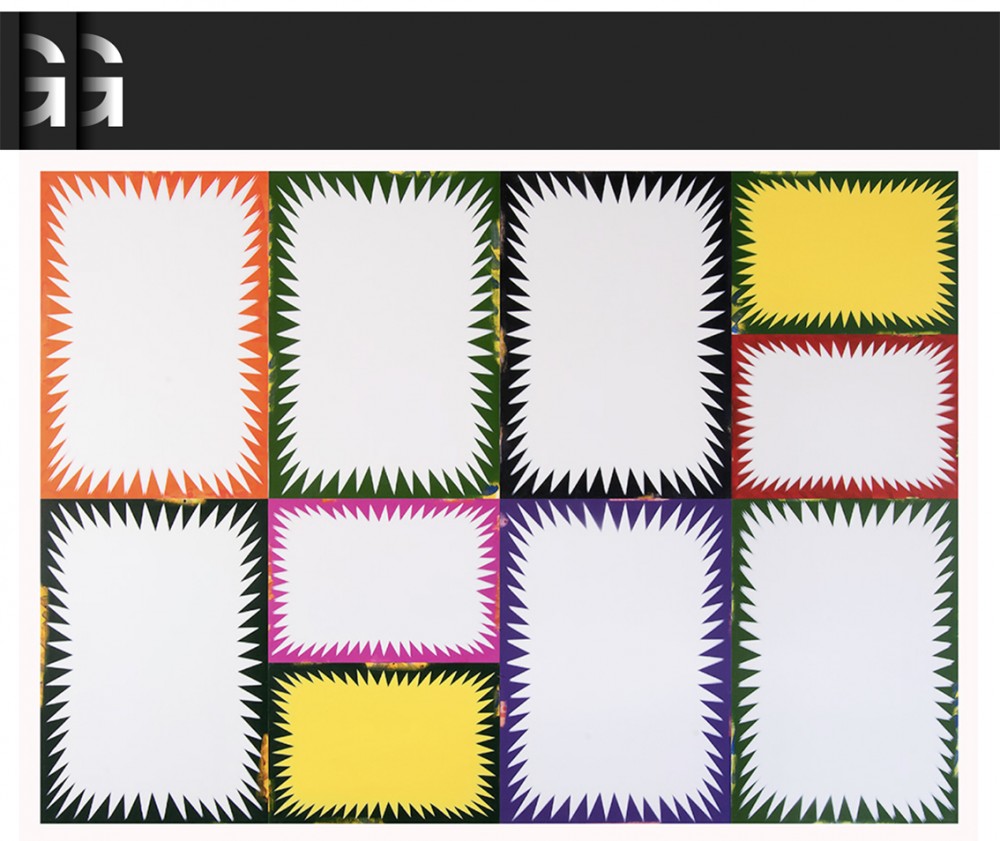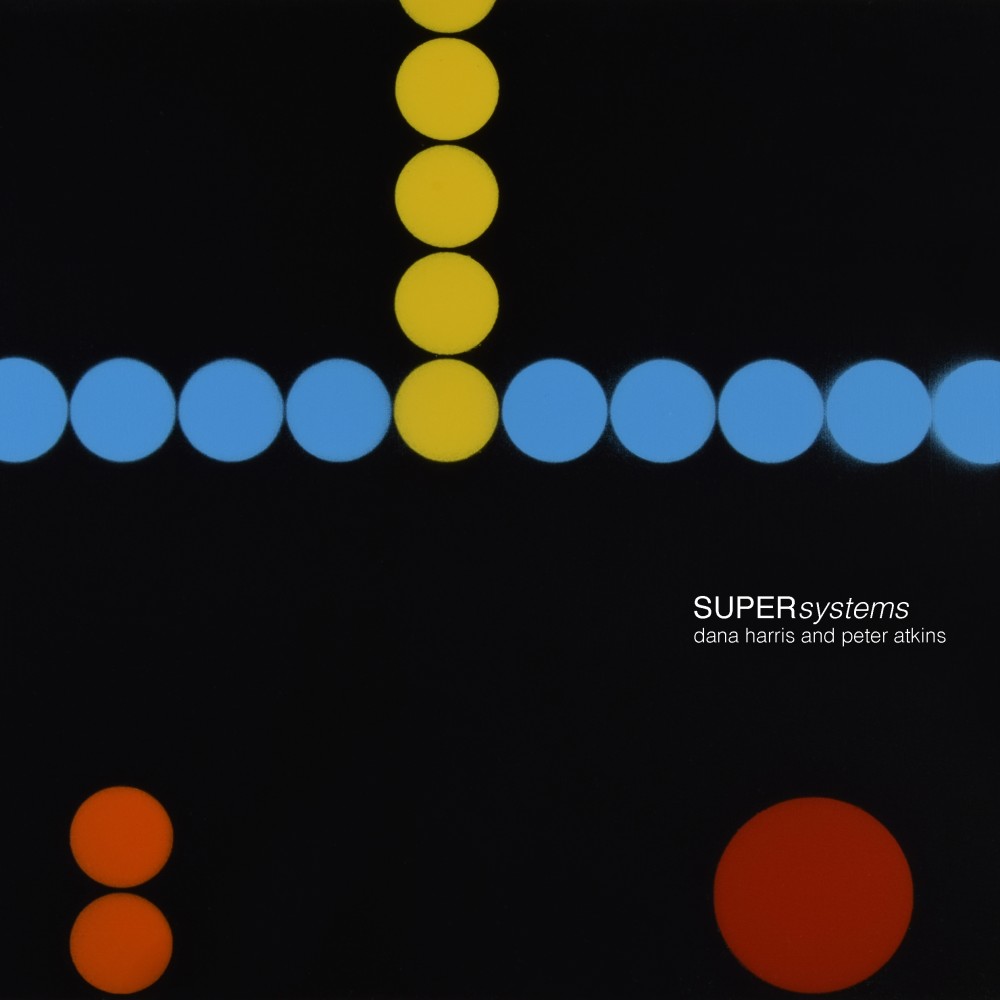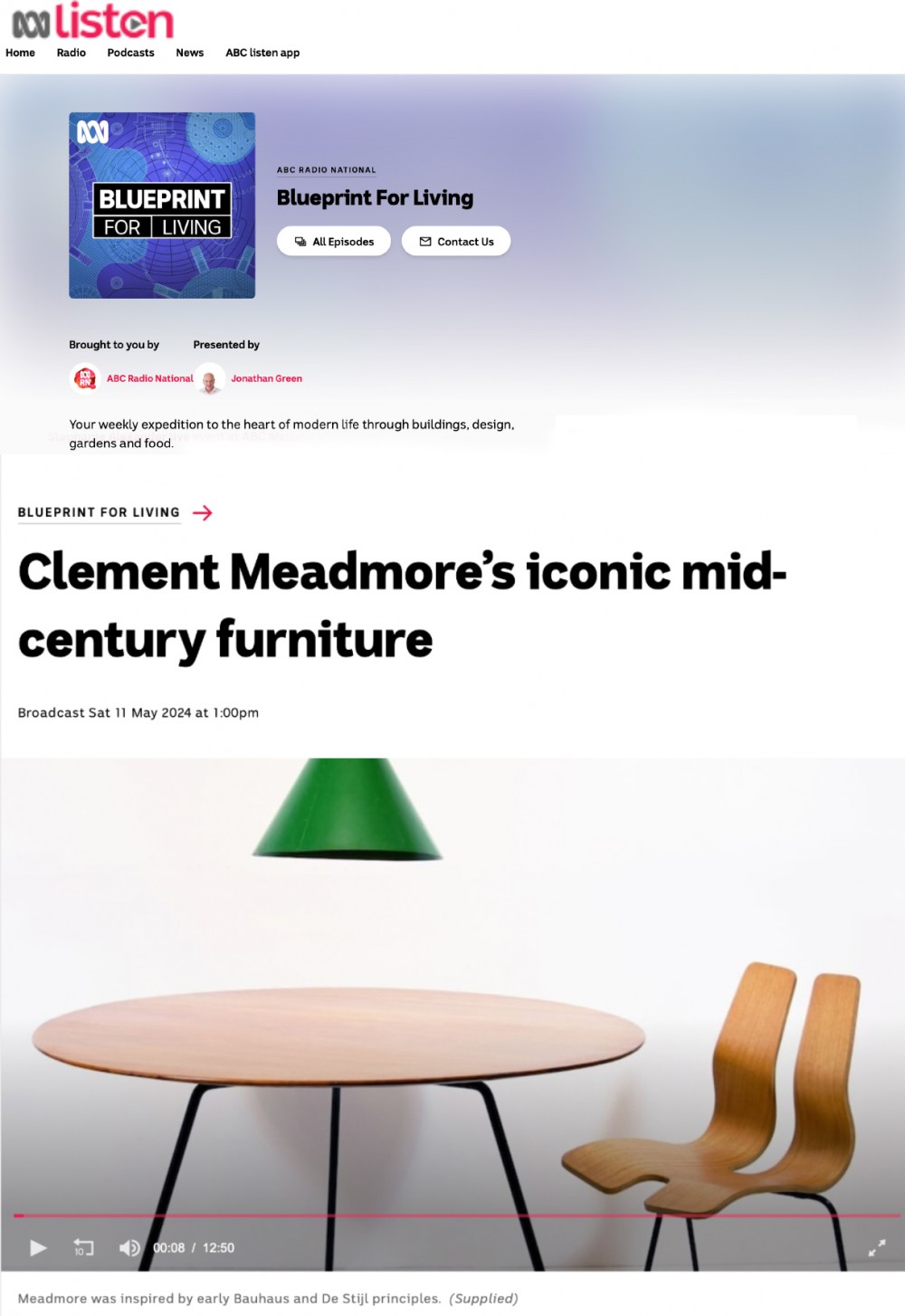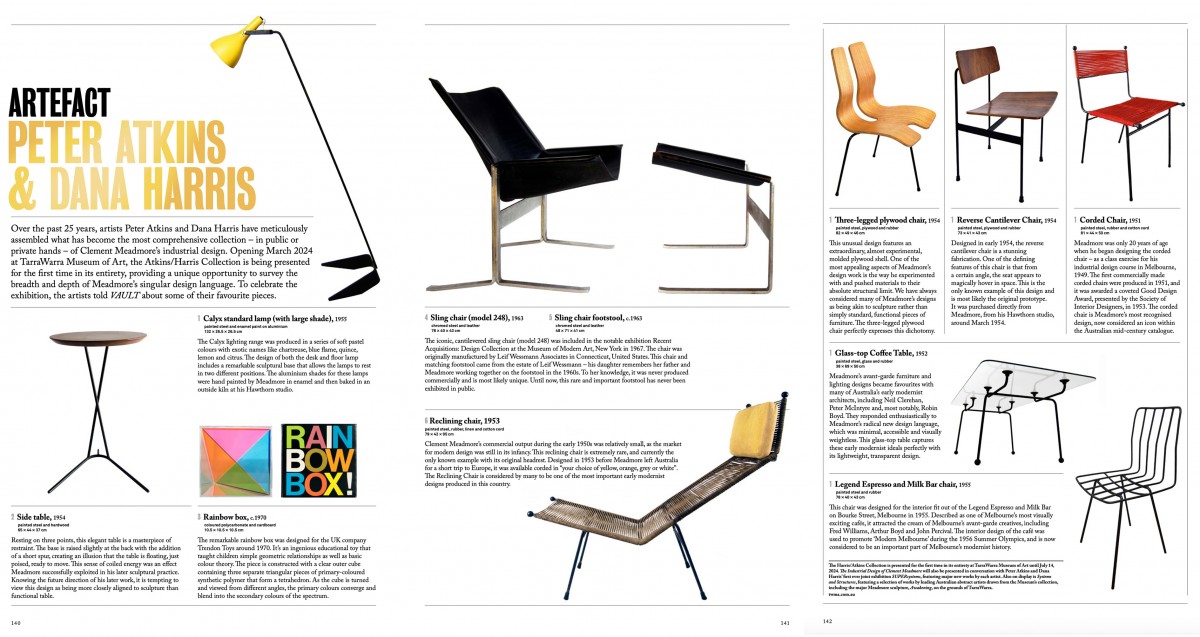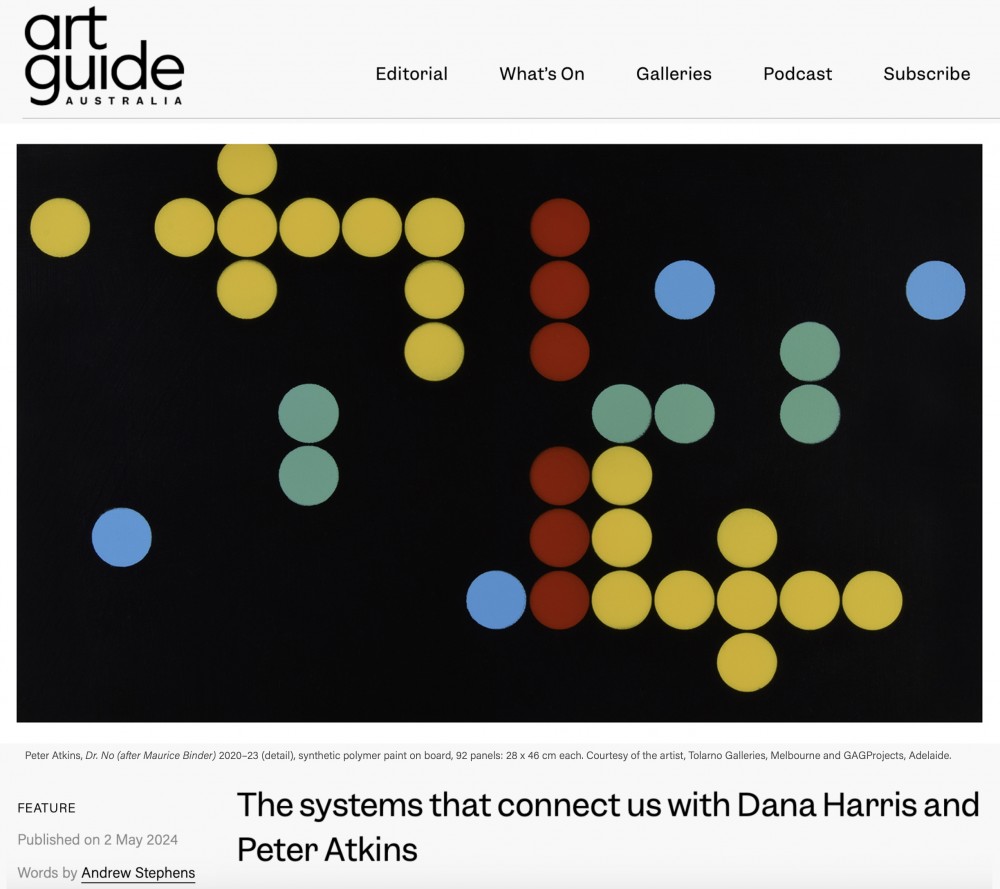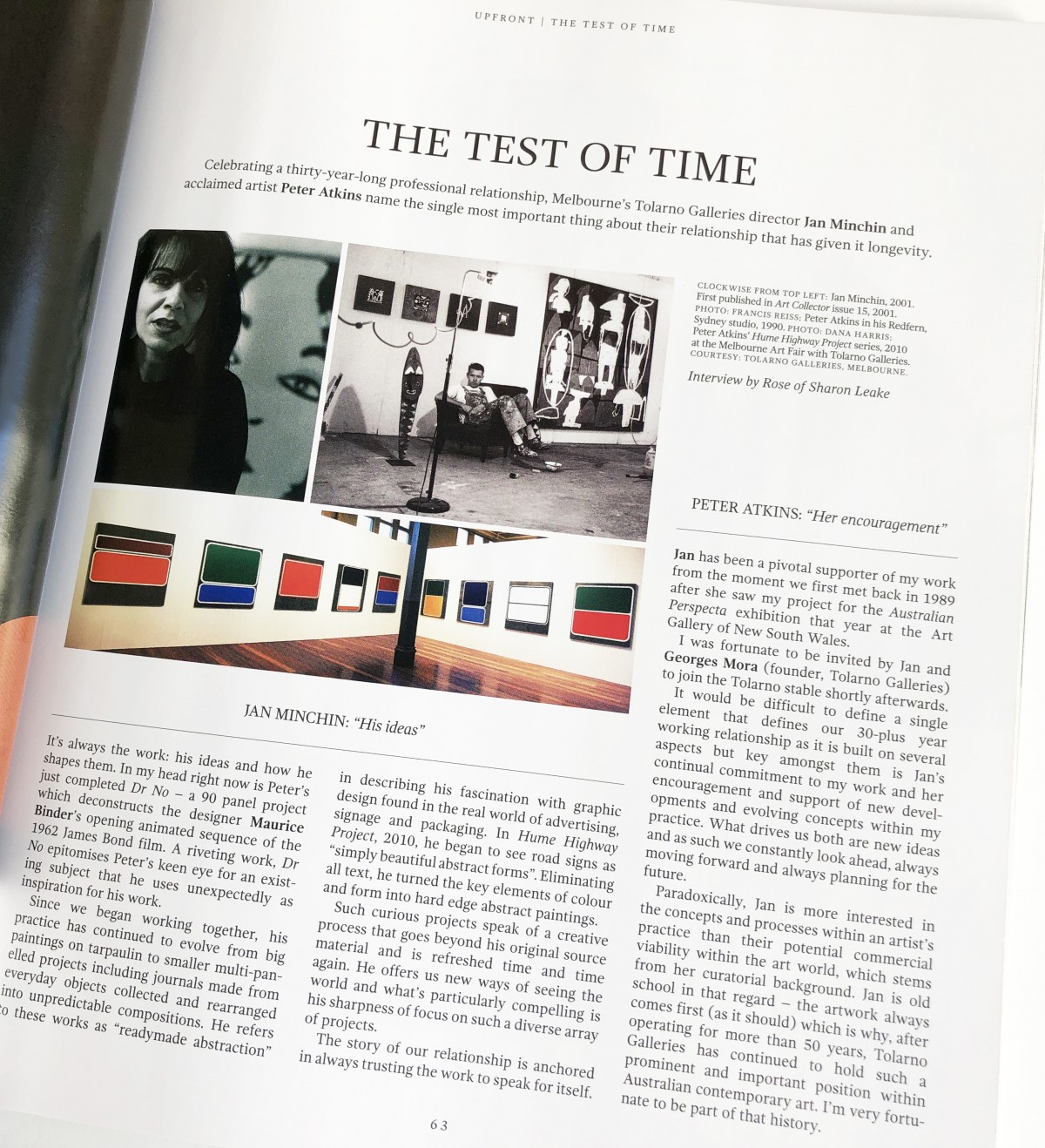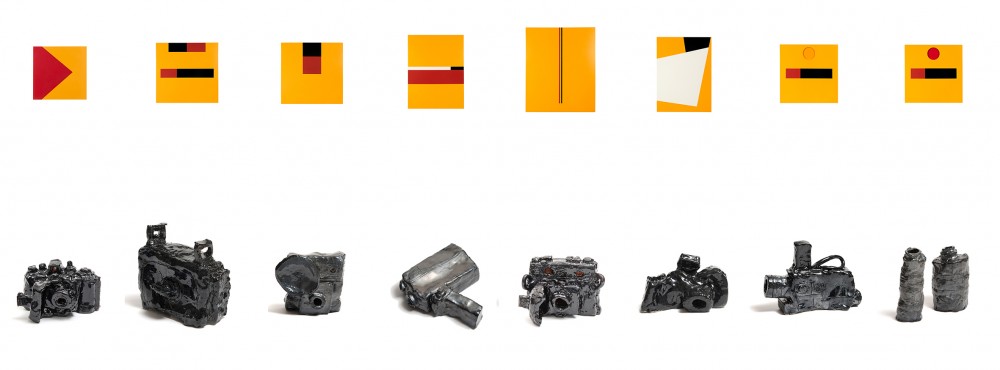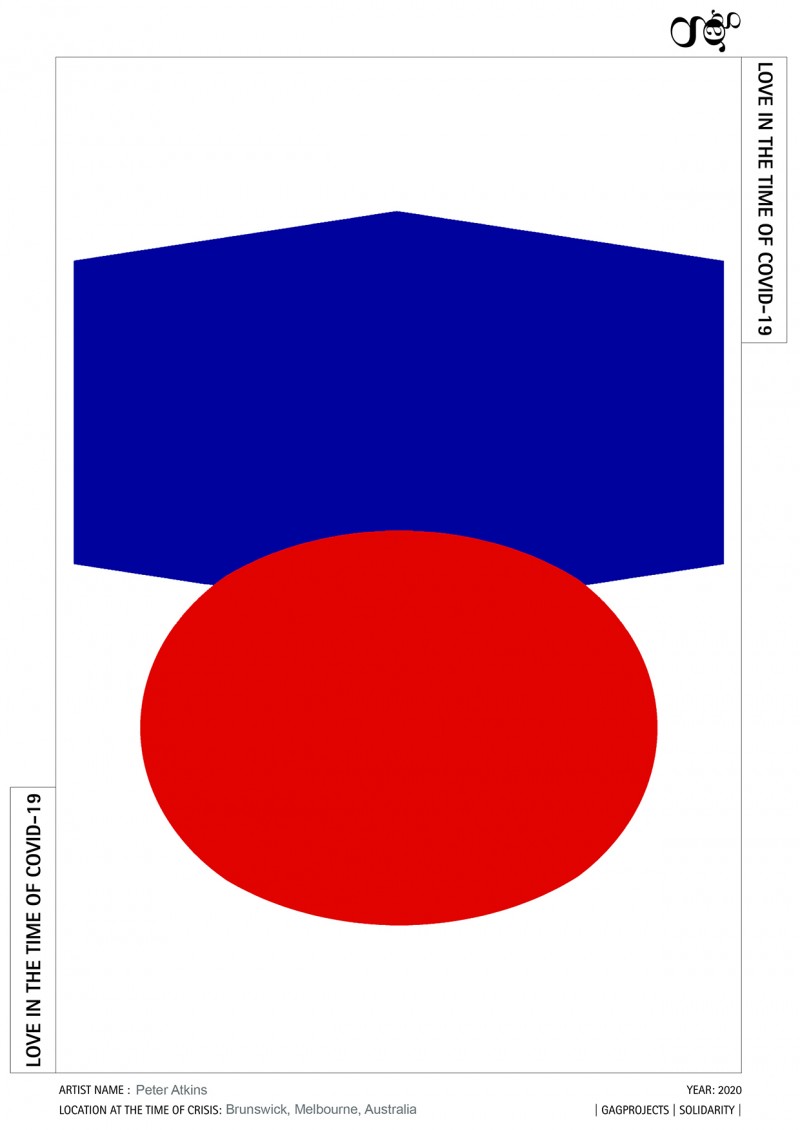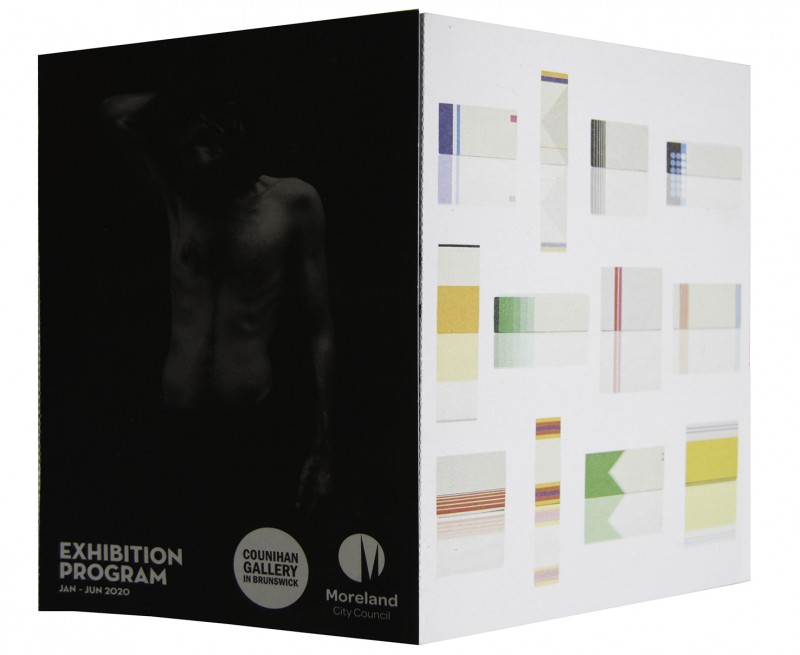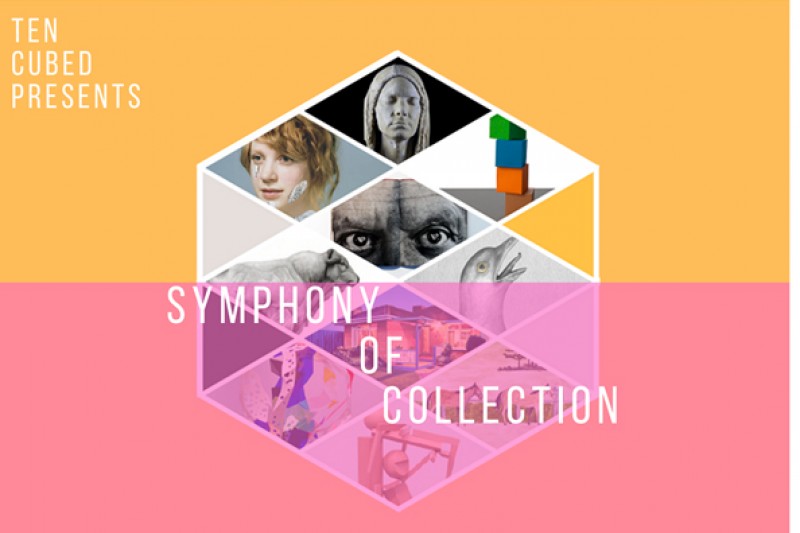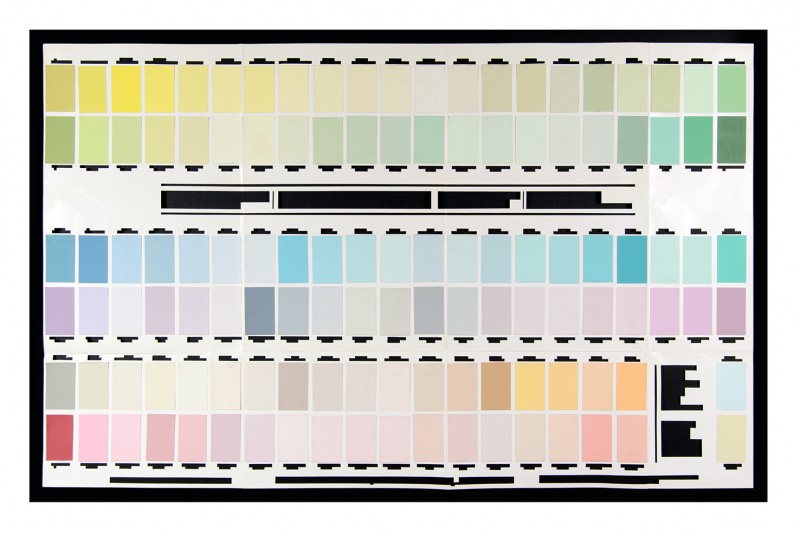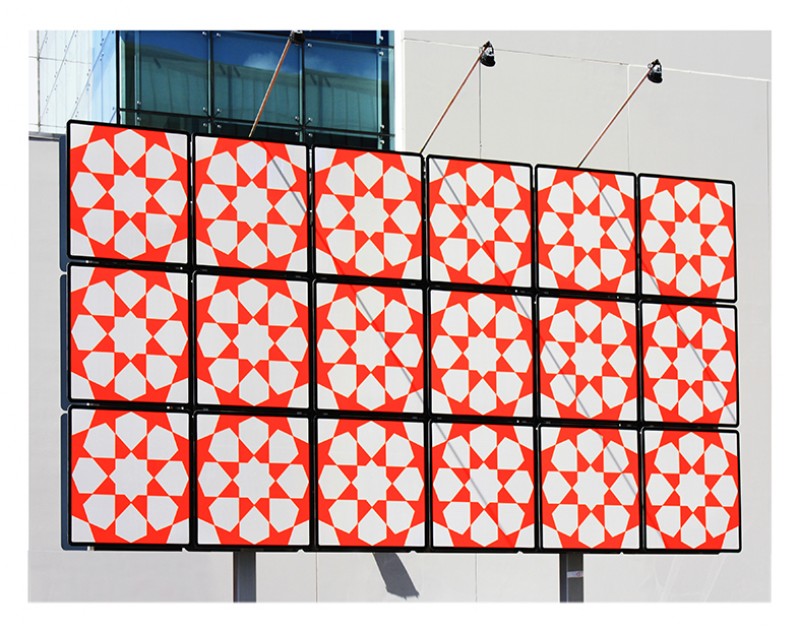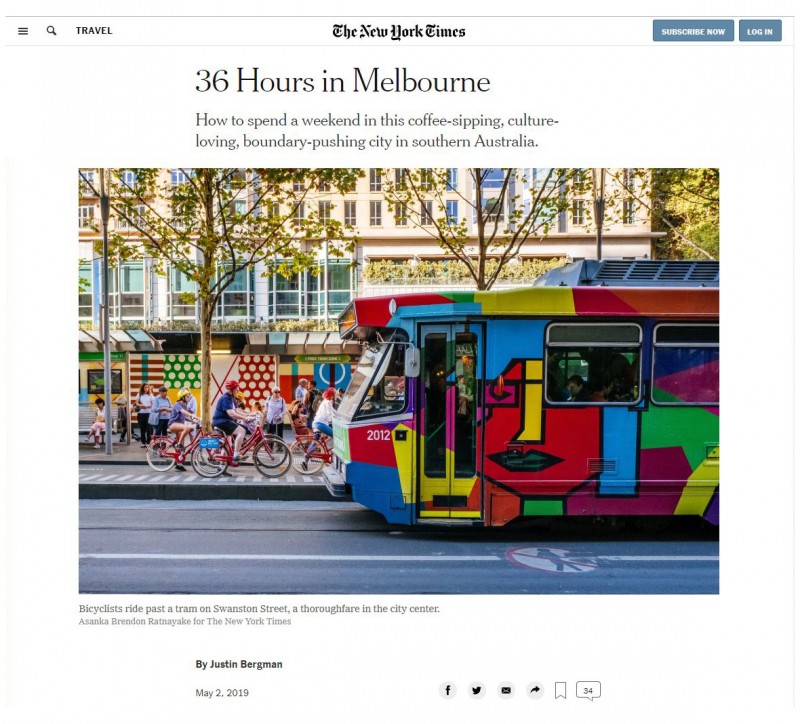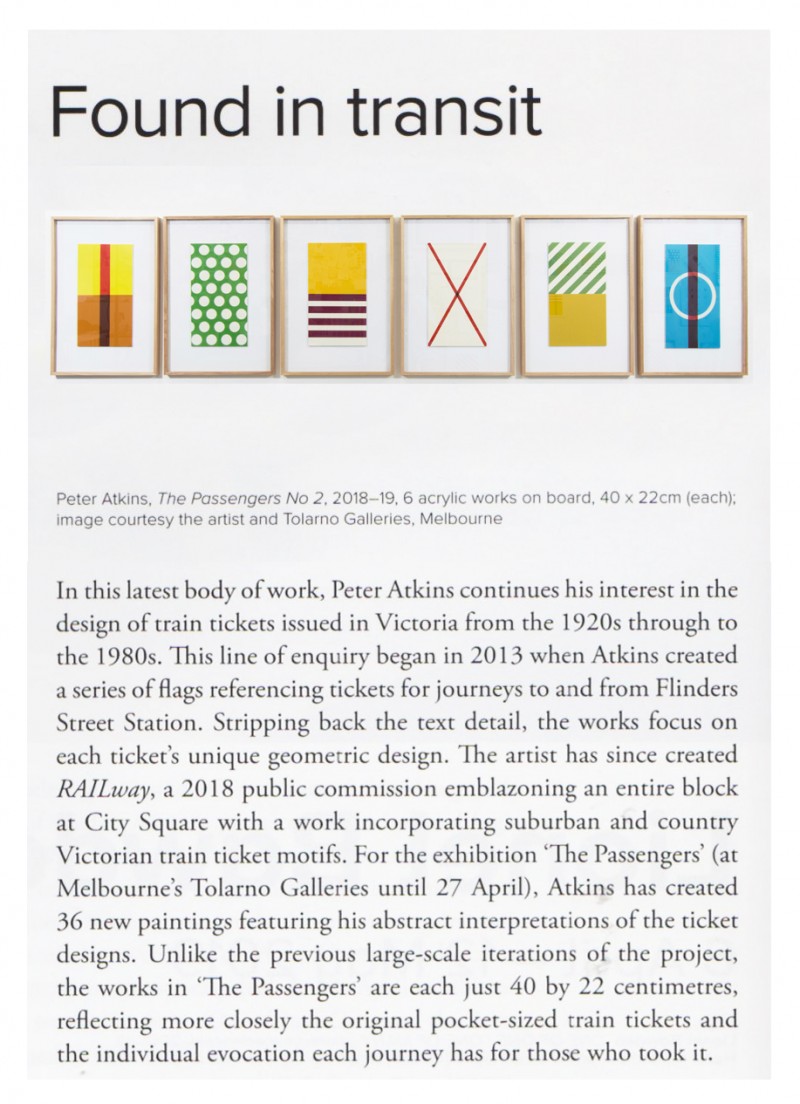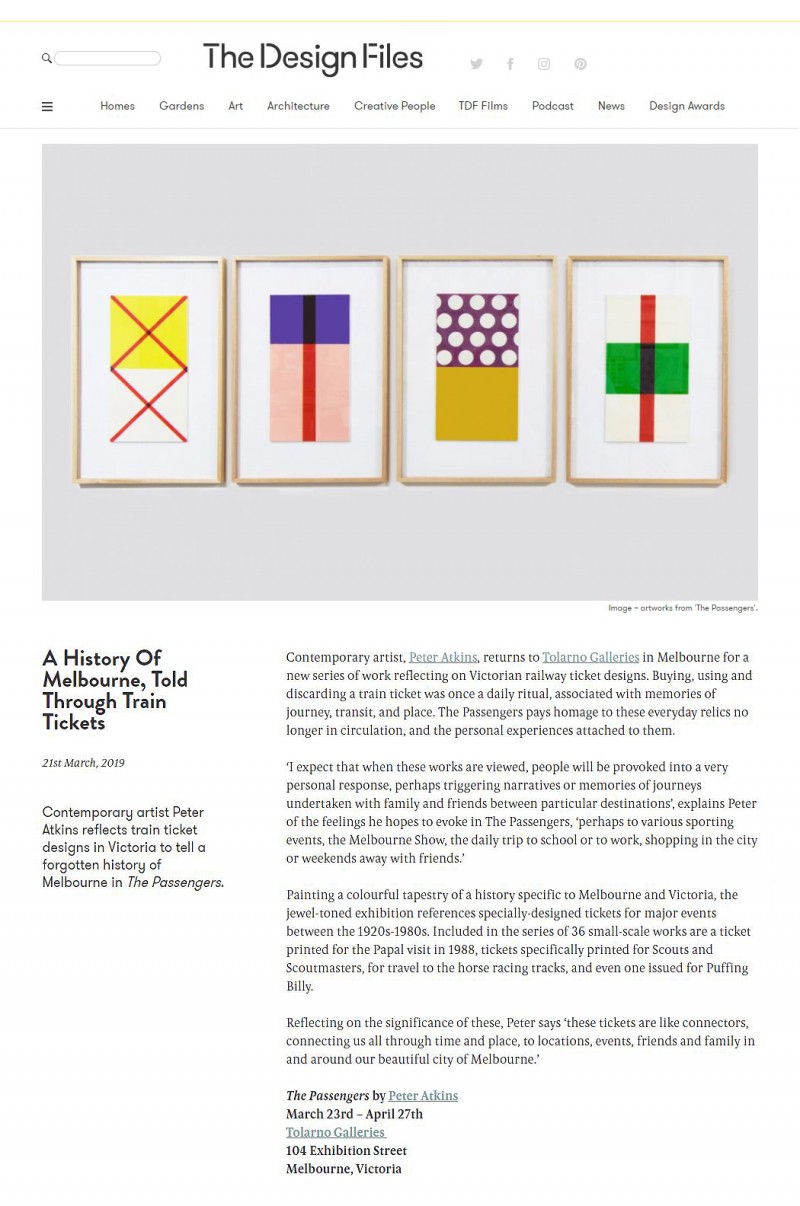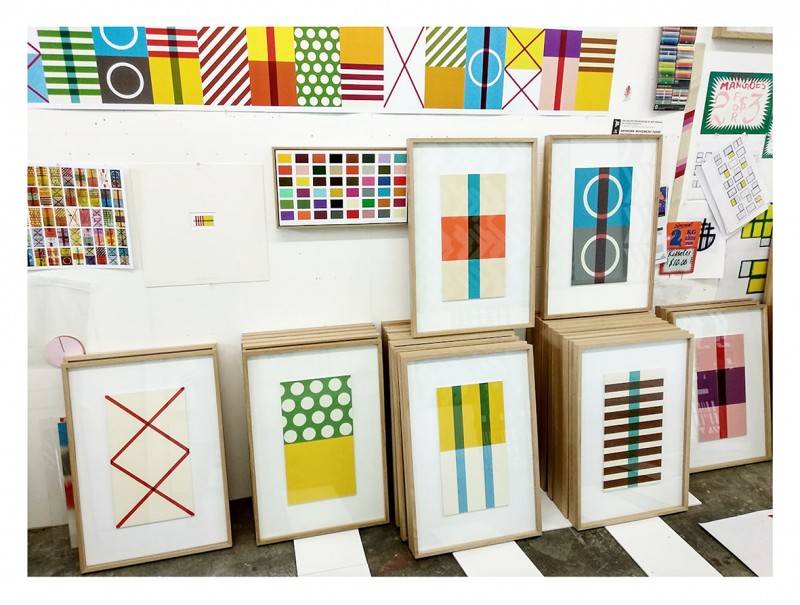news
The Bottleshop 2025
Kaleidoscope Editions
Melbourne Art Print Fair
7th - 9th February 2025
Linden New Art Gallery
‘The Bottleshop’ 2025 is new project commissioned for Kaleidoscope Editions and printed by Trent Walter of Negative Press. It is part of Peter Atkins’ ongoing series of “Readymade Abstractions” in which the artist uses aspects of everyday life—for example, signage, billboards and product packaging—as the inspiration for his work, appropriating elements from these sources to create his own distilled, abstract versions. This new series of three prints was inspired by a poster advertising Gin, Vodka and White Rum displayed outside a local bottle shop along Melbourne’s bustling Sydney Road, not far from the artist’s home and studio. Atkins has reimagined the starburst forms on this poster in three colourways to reference specific cocktails, with the large silver form (consistent across all three prints) representing the clear liquid of the three white spirits. The resulting works are titled ‘Gin and Tonic’ (yellow), Vodka and Orange’ (orange) and ‘Rum Martini’(olive). The transparency of the overlaid forms in these striking prints also suggests a sense of movement and fluidity, of liquids being mixed, combining to blend these classic cocktails.
Vodka and Orange 2025
Martini 2025
Gin and Tonic 2025
Silkscreen prints
Edition of 10 (each colour) plus artist proofs
56cm x 76cm
Printed by Negative Press, Melbourne 2024/2025

Colour Working/Working Colour
Fiona and Sidney Myer Gallery
14 March - 12 April 2025
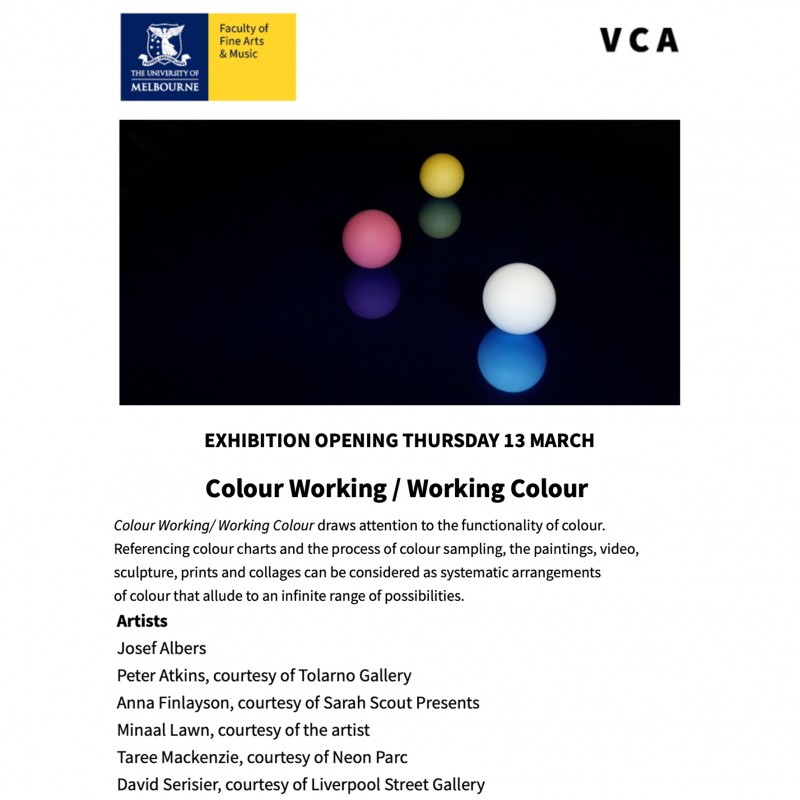
I have written an essay (below) on the sculpture of Clement Meadmore titled 'Free Form - The Sculpture of Clement Meadmore' for the new collections book at Tarrawarra Museum of Art and lauched in October 2024. This essay could be seen as a companion to an essay written earlier this year which focused on Meadmore's Industrial Design practice throughout the 1950s and was included in our catalogue 'The Harris/Atkins Collection - The industrial Design of Clement Meadmore' which was also exhibited at Tarrawarra. This new essay primarily focuses on Meadmore's sculptural work post 1963 after he left Australia and settled permanatly in New York City.
Free Form: The Sculpture of Clement Meadmore
Clement Meadmore (1929–2005) began experimenting with sculpture in the late 1940s while studying industrial design at Melbourne Technical College (now RMIT University). In 1953, after a brief trip to Europe, which included a pivotal visit to Middleheim Sculpture Park on the outskirts of Antwerp, he was inspired to buy welding equipment on his return to Melbourne. He began making sculptures at night while running his more lucrative industrial design practice throughout the day. Though Meadmore’s industrial design practice took centre stage throughout most of the 1950s, by the end of the decade, sculpture had become his central focus.
Meadmore’s sculptural work developed rapidly throughout the 1950s. These ranged from Giacometti-inspired figurative works through to abstract pieces that were influenced by Piet Mondrian. A prime example is Untitled, 1956, which consists of a grid of vertical and horizontal encrusted steel rods welded together to form a floating wall structure. The latter part of this decade saw Meadmore’s sculpture move towards abstracted, flat steel plates, crudely cut and welded together in vertical, angled groupings. Steel Form 3, 1959, is an example from this period and shows an astonishing mastery of positive and negative space. These arrangements of flat forms developed into the Duolith series, which featured hollow, three-dimensional, box-like volumes with heavily textured and monochromatic painted surfaces.
By the late 1950s, Meadmore had become frustrated by the limited opportunities for his work in Melbourne as well as the parochial attitude towards contemporary art, especially the negative sentiments relating to abstract art espoused by Bernard Smith in his ‘Antipodean Manifesto’ of 1959. As a result, he moved briefly to Sydney in 1960, and in 1963 moved to New York, later becoming a US citizen.
Upon his arrival in New York, Meadmore was introduced to Barnett Newman, one of the most influential artists of the 20th century and whose work he had seen in Tokyo a few years prior in the exhibition Six American Abstract Painters: Motherwell, Newman, Okada, Rothko, Tobey, and Youngerman. This connection to Newman helped provide a critical shift in Meadmore’s practice around 1966, which saw the introduction of the curve or bend in his work.
This important shift was also most likely prompted by his exclusion from the exhibition Primary Structures, curated by Kynaston McShine for New York’s Jewish Museum in 1966. It is considered one of the key exhibitions of the 1960s and included works by Tony Smith, Donald Judd, Ellsworth Kelly, Dan Flavin, Anne Truitt, Sol LeWitt, Judy Chicago and Carl Andre, among others. The legacy of the show was that it introduced Minimal Art to the broader public and, importantly, launched the careers of many of these artists.
Meadmore was convinced that he should be included in Primary Structures and asked Barnett Newman to speak with McShine on his behalf. Newman happily agreed. ‘He called him up and said “Look you’ve got to put this guy in. It’s very important that he be in this show.” And McShine just said to Newman, “No Locomotives”. And Newman repeated that to me and had no idea what he meant. And I don’t either. That’s all he said … just those two words.’ Meadmore’s work at that point perfectly fitted the criteria for inclusion in the exhibition; however, I suspect that McShine may have felt he was not established enough in the USA at that point. His first solo exhibition in New York wasn’t until the following year, at the Byron Gallery.
Meadmore visited the Primary Structures exhibition numerous times, stating, ‘the more I walked around it, the more riled up I got, thinking, I really should have been included’. He was interested that some of the artists in the exhibition had curves in their work, when Minimalism, at that point, was concerned with squares and rectangles. Shortly afterwards, he began experimenting with curves, ‘initially out of frustration with the whole thing, in a spirit of “I’ll show ’em” and I think that first piece I did, Bent Column, was better than anything in that show”. Whatever the reason for Meadmore’s exclusion from Primary Structures, I believe this was the catalyst to move away from purely vertical and horizontal planes that typified his earlier work.
Bent Column, 1966, made shortly after the Primary Structures show, displays this important development within Meadmore’s practice—a simple bend and twist in the centre of the form. This slight inflection opened up an entirely new direction. The curve activated his work and enabled a completely new experience for the viewer. It added an implied gesture and a sense of movement or expression. From this point on, Meadmore’s work acquired its unique, formal rigour, managing to simultaneously retain the purity of Minimalism with the dynamics of Abstract Expressionism.
Importantly, it was also during 1966 that Meadmore discovered the extraordinary properties of Cor-Ten steel, which has a distinctive patinated, rusted surface that if marked or scratched is self-healing. Barnett Newman, who was one of the early adopters of Cor-Ten, most likely introduced the material to Meadmore as he had used it to produce Broken Obelisk, 1963–67, with the recently opened fabricator, Lippincott, Inc., in New Haven, Connecticut. Lippincott became the fabricator of choice for many of the prominent sculptors at that time, including Marisol, Ellsworth Kelly, Louise Nevelson, Tony Smith and Claes Oldenburg. Cor-Ten steel dominated 1960s public art in the USA, with Lippincott becoming ‘an important resource for artists who could not afford the space, equipment, and overhead needed to realize their large-scale projects’. Lippincott ‘encouraged artists to experiment and [was] generous with materials and funding in a way that encouraged exploration’.
It was in Lippincott’s encouraging and creative environment that Meadmore found his monumental public voice, creating some of his most ambitious and popular works, where he exploited the curve with truly extraordinary results. Upstart 1, 1967, was his first major public artwork in the USA and is now in the collection of the Milwaukee Art Museum. By the end of the 1960s, and still working with Lippincott, he had produced an astonishing number of major public works. These include the majestic Awakening, 1968, initially commissioned for the forecourt of the AMP building in Melbourne’s Queen Street, and which now greets visitors at the front entrance to TarraWarra Museum of Art.
Over the next three decades, despite his exclusion from Primary Structures, Clement Meadmore forged ahead and cemented his position as an acclaimed international sculptor. His numerous public commissions can be seen in the USA, the United Kingdom, Canada, Japan, Mexico and Australia, and his works are held in significant museum and private collections throughout the world.
PETER ATKINS 2024
1. Six American Abstract Painters: Motherwell, Newman, Okada, Rothko, Tobey and Youngerman, Kimura Gallery, Tokyo, 4–30 April 1959.
2. Primary Structures, Jewish Museum, New York, 27 April – 12 June 1966.
3. Clement Meadmore, quoted in Eric Gibson, The Sculpture of Clement Meadmore (New York: Hudson Hills Press, 1994), p. 27.
4. Ibid.
5. Ibid.
6. Hugh M. Davies, ‘Foreword’, in Jonathan D. Lippincott, Large Scale: Fabricating Sculpture in the 1960s and 1970s (New York: Princeton Architectural Press, 2010), p. 7.
7. Ibid.
So proud to be part of this great publication celebrating 50 years of @artsprojectaust I’ve written an essay on two collaborative works between myself and the legend that is Alan Constable - Polaroid Project from 2014 and Kodak Camera Kit from 2020 Working with Alan was a career highlight and so fortunate to have done it twice. Follow links above for more info on the collaborative works

Built Form
Tolarno Galleries
Aug 17 - Sept 21
Finalist in the Geelong Contemporary Art Prize
Aug 10 - Nov 3 2024
Fruit and Vegetables 2024
168cm x 238cm
The 2024 Geelong Contemporary Art Prize continues a long tradition of acquisitive award exhibitions presented by the Gallery, through which the permanent collection has grown substantially. The first painting prize—the Geelong Centenary Art Competition—was held in 1938, and in the more than 80 years since, the Gallery has awarded acquisitive prizes variously for paintings, watercolours and prints, generously sponsored by individuals, philanthropic and corporate supporters committed to contemporary art.
SUPERsystems Dana Harris and Peter Atkins
Tarrawarra Museum of Art
March 25 - July 14 2024
The Industrial Design of Clement Meadmore - Harris/Atkins Collection
Tarrawarra Museum of Art
March 25 - July 14 2024
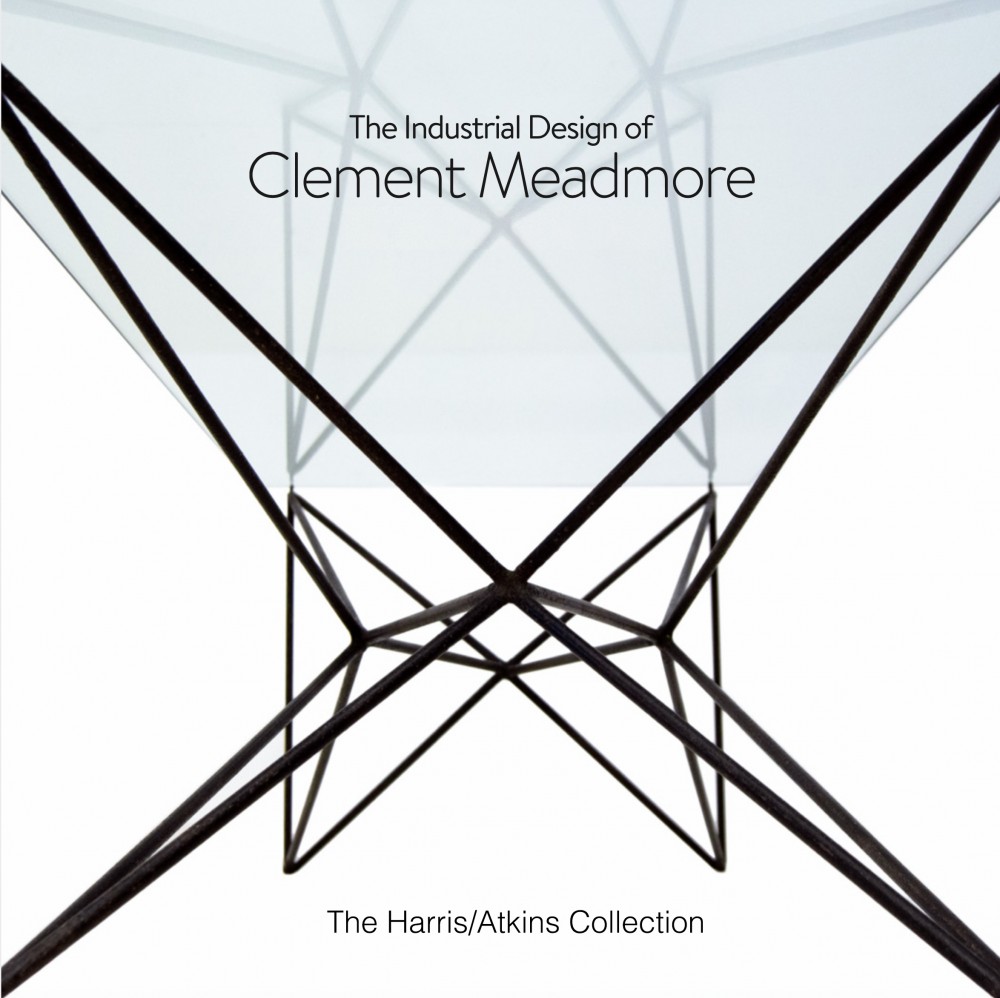
Talk at Tarrawarra Museum of Art for NGV Melbourne Design Week
The Industrial Design of Clement Meadmore - The Harris/Atkins Collection
Peter Atkins and Jeromie maver in conversation
Sunday 26th May 2 - 4pm
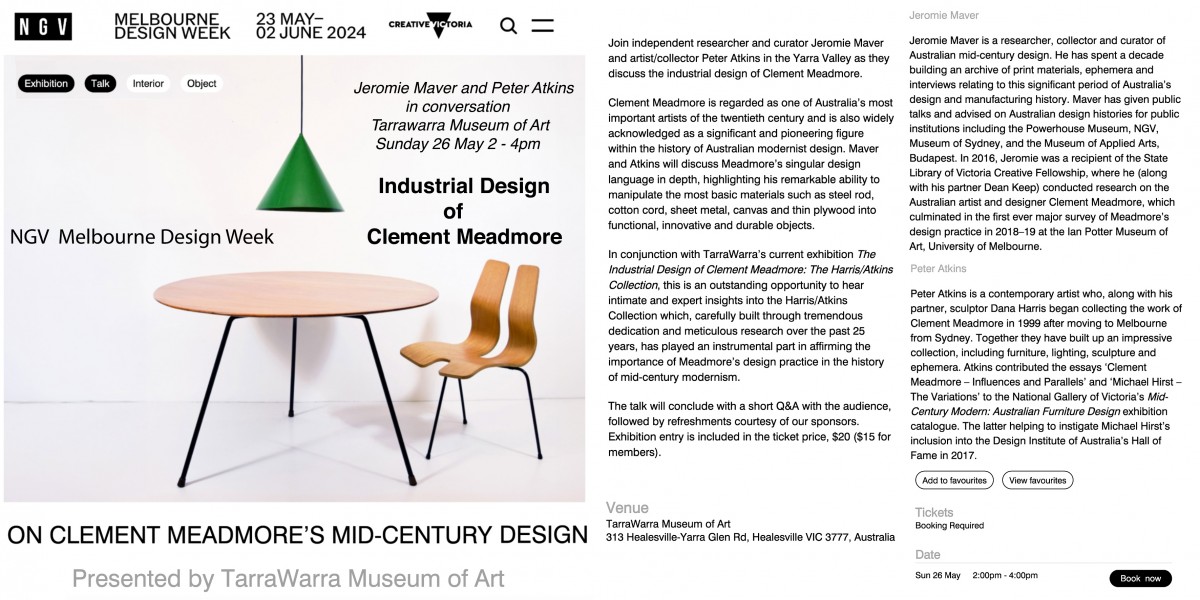
Jonathan Green - Blueprint for Living - ABC Radio
Interview at tarrawarra Museum of Art
Jonathan Green, Peter Atkins and Dana Harris
The Industrial Design of Clement Meadmore - Harris/Atkins Collection
VAULT MAGAZINE
May/July 2024
Art Guide
May/June 2024
The Systems That Connect Us With Dana Harris And Peter Atkins
Andrew Stephens
Review of SUPERsystems, Tarrawarra Museum of Art
Artists in Conversation:
Peter Atkins, Dana Harris and the legacies of modernism
SUNDAY 21 APRIL 2024 at 2PM
Be inspired by the practices of two leading contemporary artists in a not-to-be-missed event at TarraWarra.
Join us for a conversation with Peter Atkins, Dana Harris and curator Anthony Fitzpatrick as they discuss the inspiration and processes that have informed the artists’ new artworks, currently on display in SUPERsystems.
Part of a distinguished lineage of Australian artists who employ patterns, geometry and repetition as key elements in their creative process, Atkins and Harris will discuss the ongoing influence of modernism in art. They will also share their deep knowledge of the work of Clement Meadmore, the acclaimed industrial designer and modernist sculptor, whose orderly and systematic production processes are reflected in their own creative practices.
The conversation will conclude with a short Q&A with the audience, followed by refreshments courtesy of our sponsors. Exhibition entry is included in your ticket.
Sunday 21 April 2024 2pm
$15 (Members FREE!)
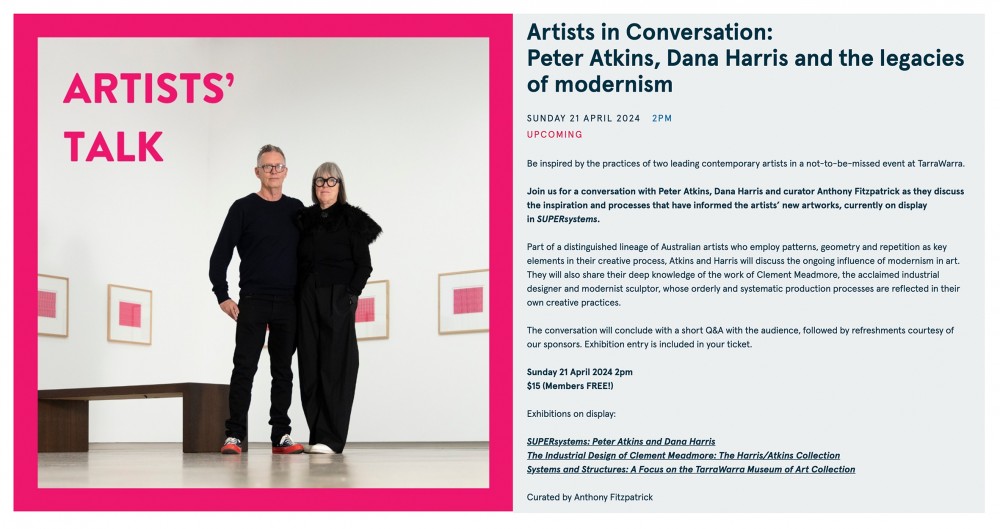
PIONEERING MEADMORE WORKS REVEAL AUSTRALIA'S DESIGN DNA
Liz Hobday
Australian Associated Press
March 23, 2024
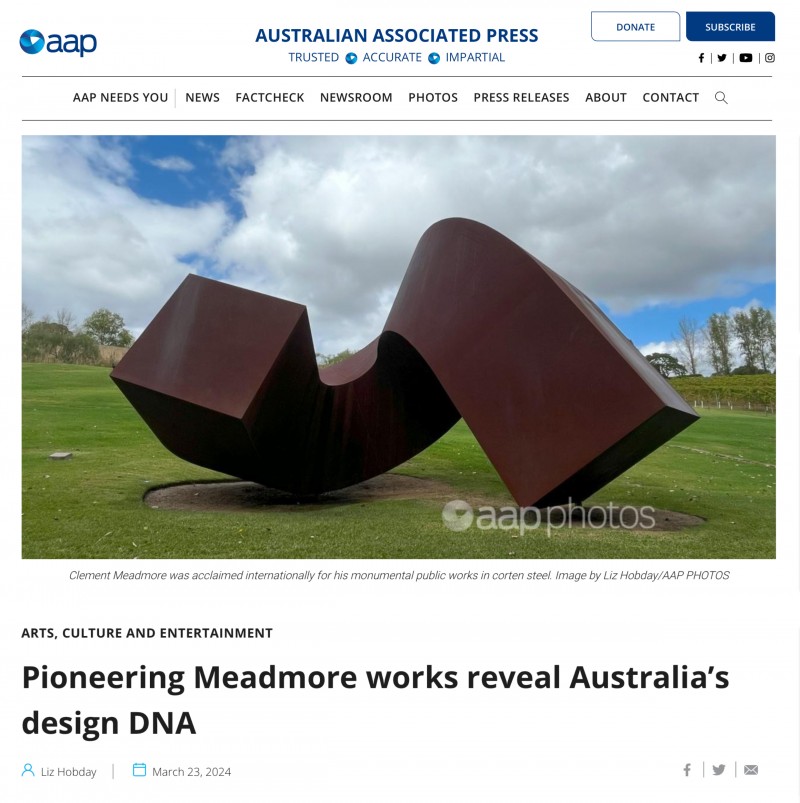
SUPERsystems and The Industrial Design of Clement Meadmore: The Harris Atkins Collection
Tarrawarra Museum of Art
23 March - 14 July 2024
SUPERsystems: Peter Atkins and Dana Harris
Melbourne-based contemporary artists Peter Atkins and Dana Harris will present major new works for their first joint exhibition SUPERsystems. While these new works each express a highly distinctive visual language and materiality, they are closely aligned in their shared conceptual and formal concerns. Indeed, both Atkins and Harris employ geometry, repetition and seriality as a means to reimagine the everyday world.
For many years Peter Atkins’s practice has involved a process that he refers to as ‘readymade abstraction’. Distilling and reinventing familiar forms and patterns from the everyday environment—such as movie posters, product packaging, road signs and record covers—Atkins blurs the boundaries between ‘high art’ and popular culture. For SUPERsystems, Atkins has deconstructed American designer Maurice Binder’s opening title sequence for the first James Bond film Dr. No (1962). Presented across 92 individual paintings in four horizontal rows, each frame of the original animation is revealed as a unique, abstract composition, like a tangible, stop-motion version of the original.
Dana Harris employs a variety of techniques and media in her ongoing investigation of the relationships within natural and urban landscapes. For SUPERsystems, Harris presents a new project titled fancywork, which emerged from her experience of walking the deserted streets of the Melbourne CBD during the COVID–19 lockdowns. Inspired by the subtle shifts and spatial relationships in the built environment, the artist has created a series of 22 intricately hand-embroidered panels which use repetition and complex patterns to express the new rhythms and connections she observed while exploring the city at a standstill. Dana Harris, fancywork has been assisted by the Australian Government through Creative Australia, its principal arts investment and advisory body.
The Industrial Design of Clement Meadmore: The Harris/Atkins Collection
Widely regarded as one of Australia’s most important sculptors of the twentieth century, Clement Meadmore is also acknowledged as a significant and pioneering figure within the history of Australian modernist design.
Featuring an extensive group of individual pieces from the 1950s and early 1960s, The Industrial Design of Clement Meadmore highlights Meadmore’s highly distinctive approach to industrial design and his remarkable ability to manipulate the most basic, readily available materials—steel rod, cotton cord, glass, sheet metal, canvas and thin plywood—into functional, innovative and durable objects.
Meticulously assembled by the artists Peter Atkins and Dana Harris over the past twenty-five years, this exemplary collection of Meadmore’s iconic chairs, tables and lighting is the most important and comprehensive collection of his industrial design in public or private hands. Presented for the first time in its entirety, the Harris/Atkins Collection provides a unique opportunity to survey the breadth and depth of Meadmore’s singular design language.
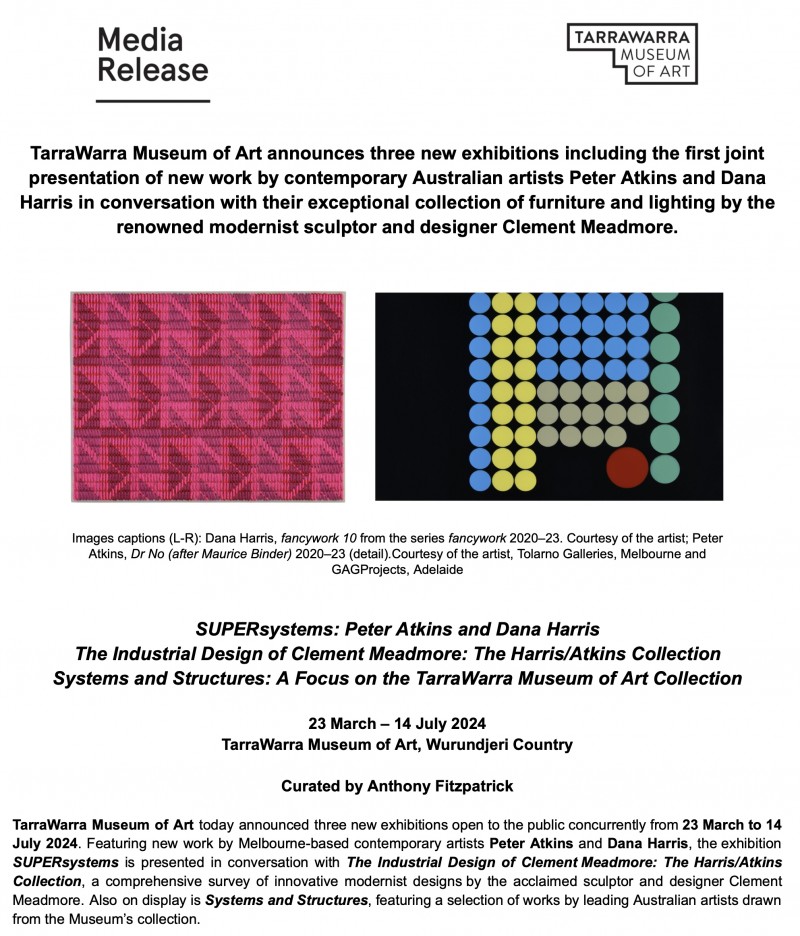
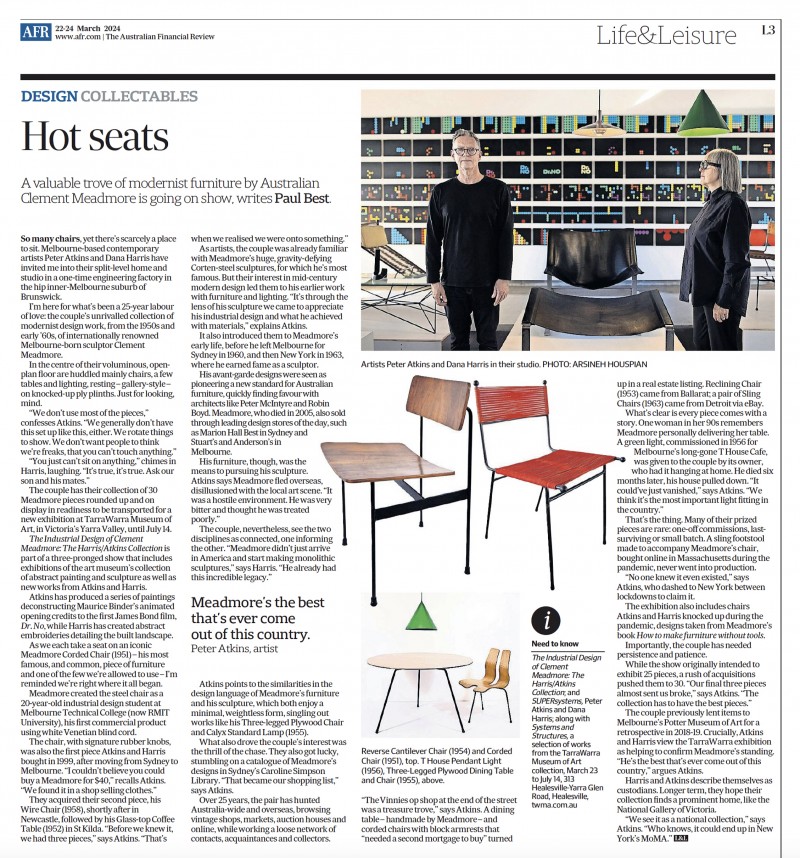
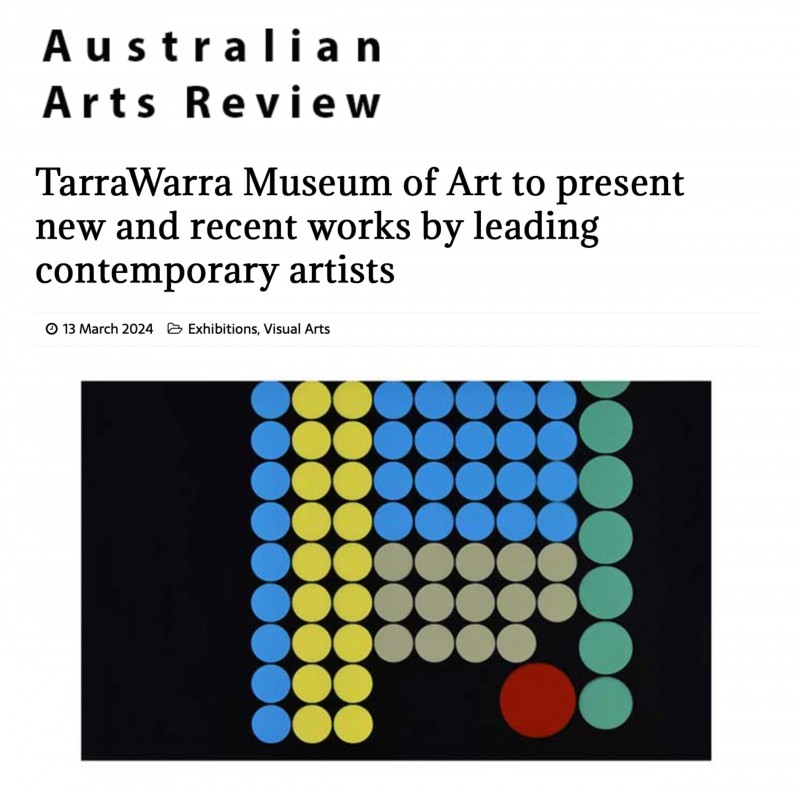

EMILY FLOYD AND PETER ATKINS IN CONVERSATION
Lyon Housemuseum
Sunday, April 2nd, 2023
There are limited tickets remaining for this Sunday’s talk at the Lyon Housemuseum Galleries. Join Emily Floyd and Peter Atkins together in conversation as they discuss their major works in the Lyon Collection, WORKSHOP, 2012 and Hume Highway Project, 2010 currently on display. Sunday 2 April, 3pm (AEST) $25 per person Book now.
The artists will share the connection between their works in the exhibition, the influence of the Bauhaus, the importance of abstraction and how their family backgrounds have impacted their practices. A wonderful opportunity to hear two of Australia’s leading contemporary artists together in an informal conversation. A Q&A will follow. Drinks will be provided following the talk.
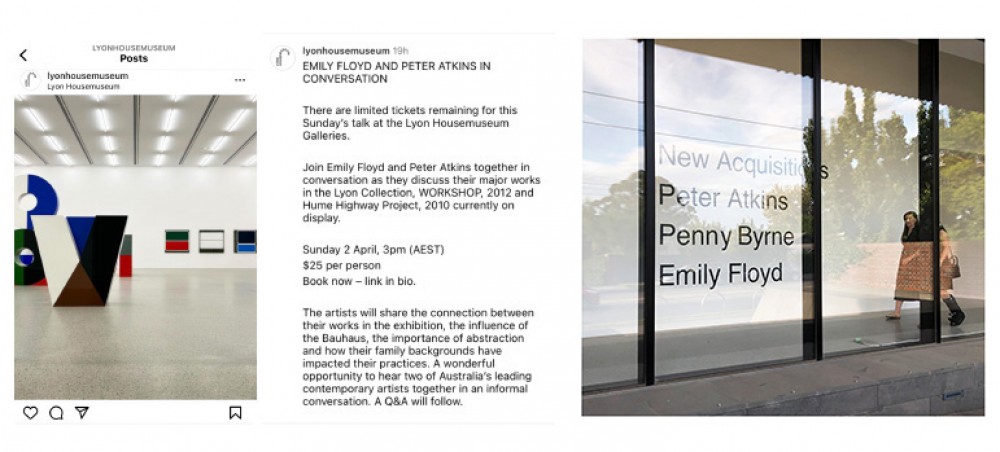
Roadside Fruit Stand
Digital Billboard
Princes Freeway 2023
Right across Victoria, at public sites visible to hundreds of thousands of viewers, INTOMISSION presents the work of twelve Australian artists. Contemporary art will occupy large format digital and static billboard infrastructure, engaging new audiences and offering artists new platforms. This non-profit project playfully integrates images of paintings. photographs, drawings and new media art at high-visibility locations, asserting art's value in our everyday experience.
With consideration of region and country, INTOMISSION links artist. idea and place to inspire a captive audience through surprise and physical impact. We have large formatbillboard media landscape across regional Victoria that lends itself perfectly to bringing outstanding contemporary art to the local communitiesand greater Victorian populace to experience and enjoy. This is the people's space having a small break from the ads with a visual experience from some of the best artists in Australia can only be postive.
Large scale billboards will be co-opted at locations in Geelong, Ballarat, Bendigi, Shepparton.Wangaratta, Taralgon and Horsham. Thanks to the generosity of Total Outdoor Media and programmed throughout the year by Nicholas Projects.
Participating Artists
Peter Atkins
Jon Cattapan
Sam Leach
Fiona Lowry
Benjamin Aitken
Simon Strong
Hayley Miller Baker
Casey Jeffery
Nick Mullaly
Hayley Arjona
Kait James
Jack Rowland
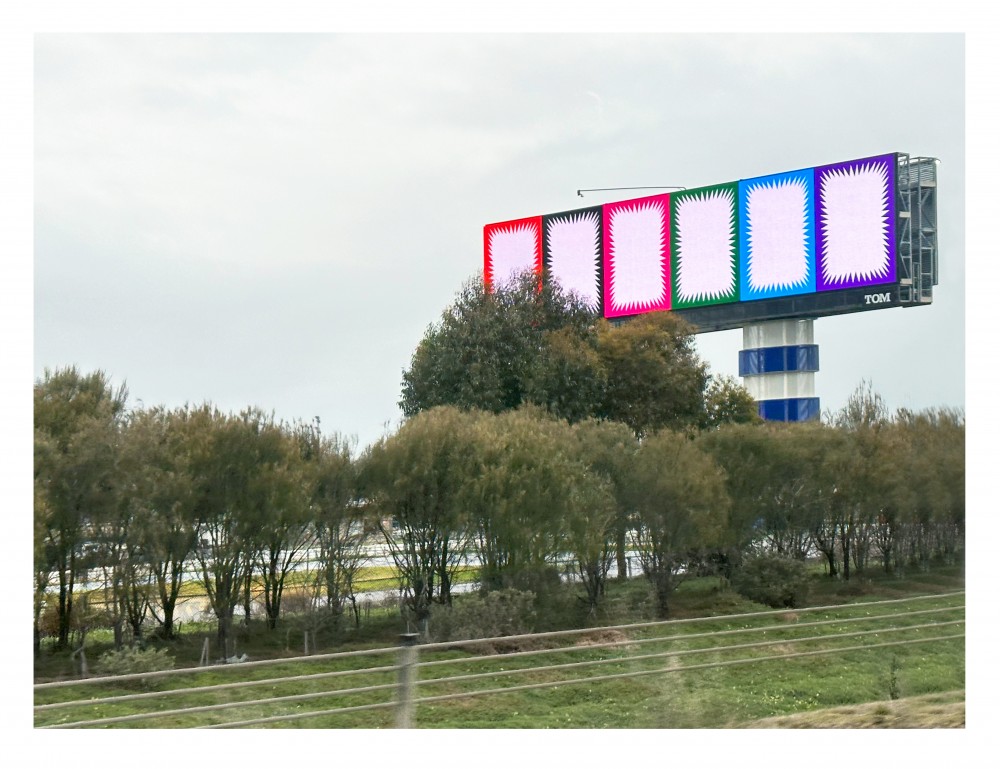
Artist Talk
Monash University
Guest artists lecture for Spencer2Spring studio program
10.10.2022
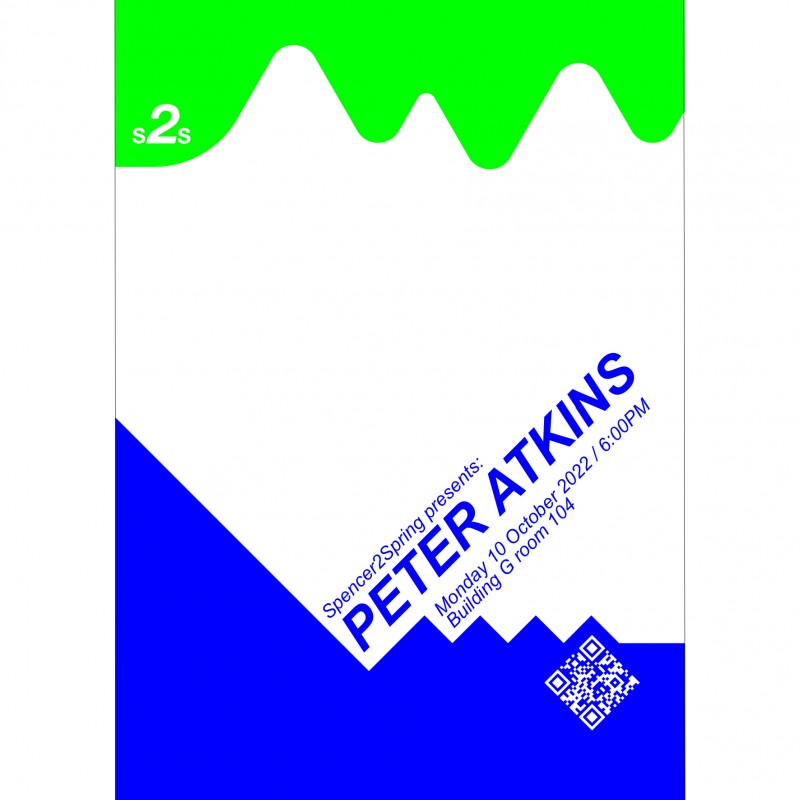
Artist Talk
Readymade Abstraction - The work of Peter Atkins
Lyon Housemuseum
3.3.2022

From Mundane to Friday: The Art of Everyday Melbourne
20 April to 19 August 2022
The City Gallery exhibition From Mundane to Friday: The Art of Everyday Melbourne considers what the transient objects we leave behind might say about who we are and who we want to be, and what this legacy might reveal about us to future generations.
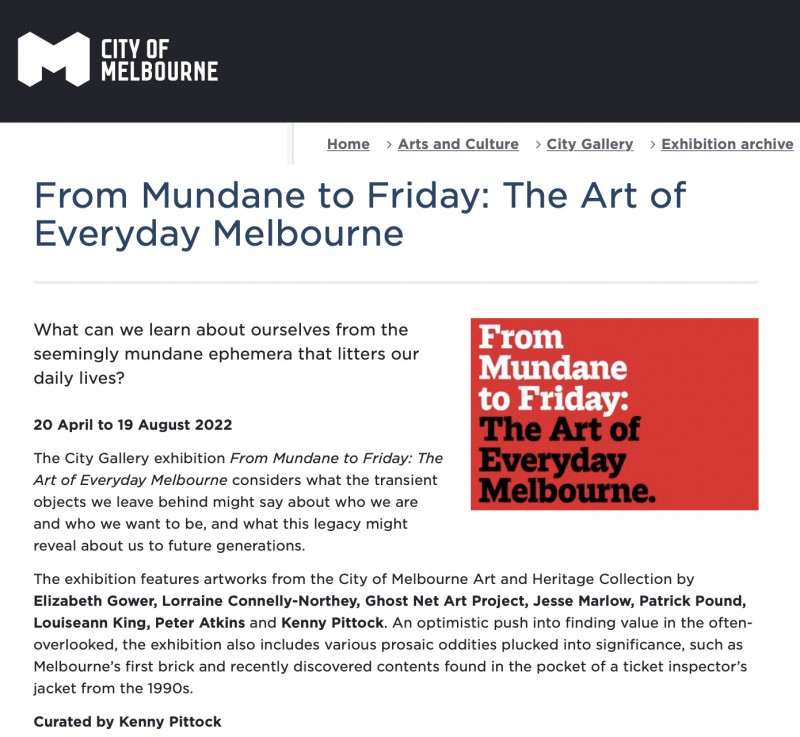
UPTOWN
A free outdoor art exhibition
26 Melbourne artists, Top of Bourke Street
Decemeber 1st - Feb 28 2021
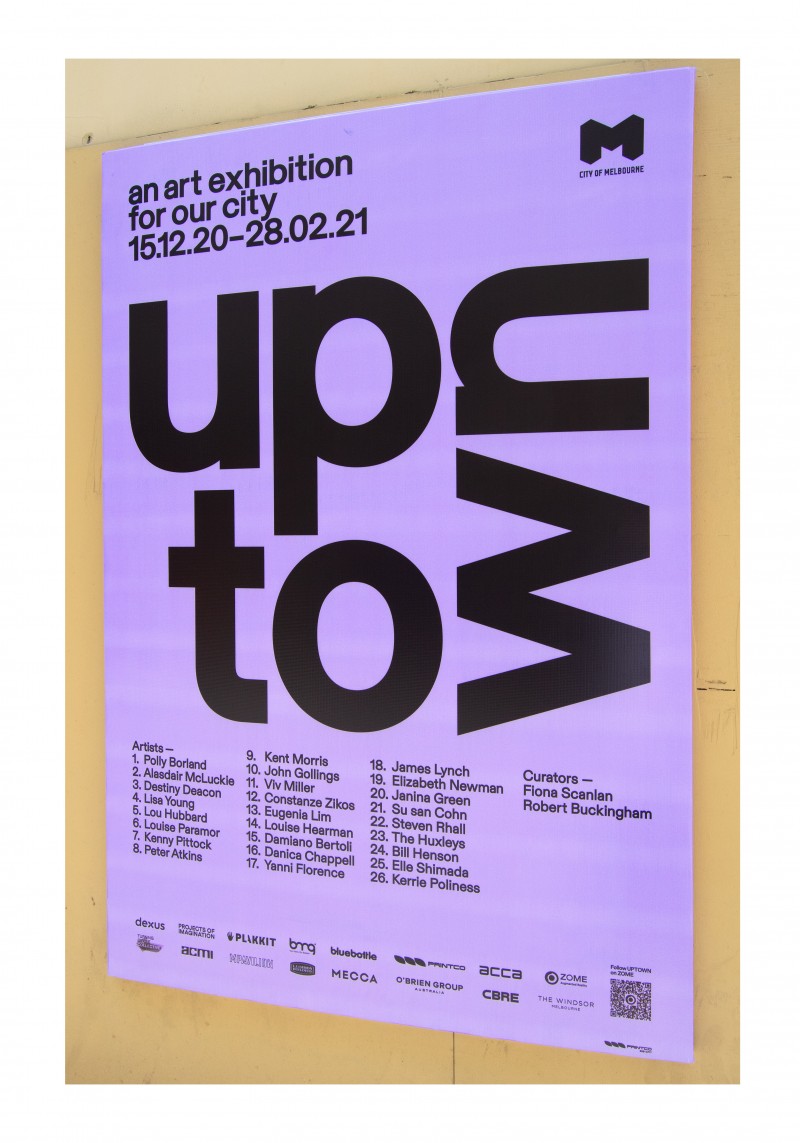
Art Collector magazine (Jan - Feb 2022) have a feature on the 30 year partnership between myself and Jan Minchin/Tolarno Galleries titled 'The Test of Time'
I was in conversation with Danny Lacy at Mornington Peninsula Regional Gallery this week discussing studio process and the development/evolution of concepts as part of the Writing and Concepts series. A small crowd of only 15 allowed in Gallery due to covid restrictions though it was streamed online. You can access it through the @mprg_vic insta page if interested.
PETER ATKINS presents ‘Concepts and Process’ A conversation with Danny Lacy in partnership with Mornington Peninsula Regional Gallery.
In ‘Concepts and Process’ contemporary artist Peter Atkins will delve into and discuss ideas around a series of unexhibited or unrealised projects/concepts from the past decade through images and small maquettes, including Disconnected, Beach Motel and Deconstructed Meadmore. Not everything that an artist makes or develops in the studio progresses to a realised outcome in an art gallery or public space. This is especially so when your practice is project based. However, these ideas can often progress into exciting new projects or provide entirely new ways of considering particular outcomes.
------------------------------------
6.00 pm Thursday June 24 at Mornington Peninsula Regional Gallery, Civic Reserve, Mornington VIC 3934
------------------------------------
Registration via Eventbrite - details in the @writingandconcepts bio and Facebook
Ticket price $10 ($5 concession). ------------------------------------
Peter Atkins’ practice centres around the appropriation and re-interpretation of readymade abstract forms that he documents within the urban environment. This collected material becomes the direct reference source for his work, providing tangible evidence to the viewer of his relationship and experience within the landscape. Peter is interested in the social and cultural associations of forms that evoke within the viewer our collective, cultural recall. He is represented by Tolarno Galleries, Melbourne and GAGOPROJECTS, Adelaide|Berlin.
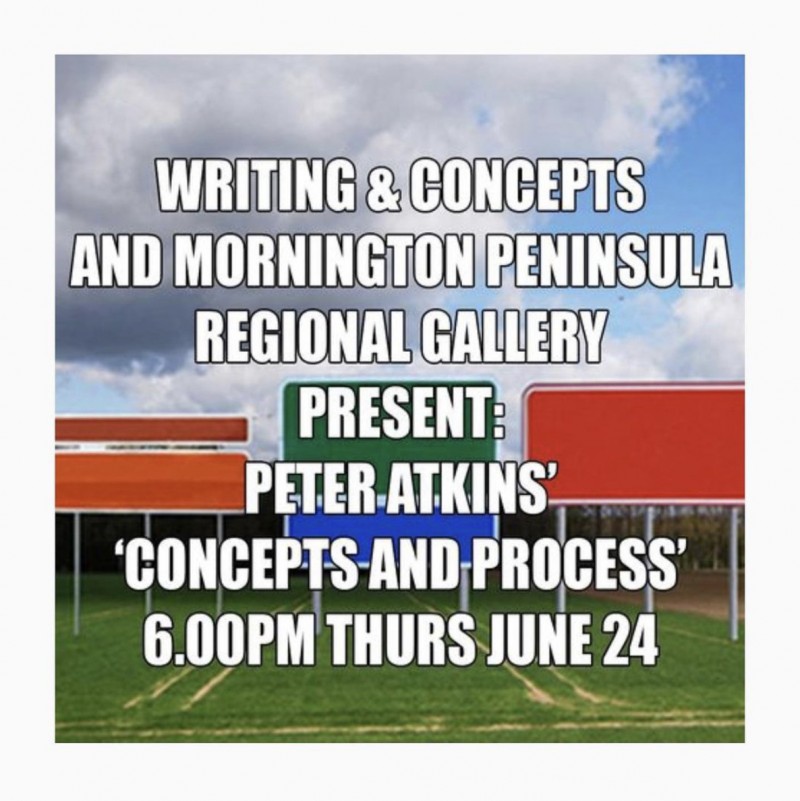
Postponed from 2020 opening May 14th 2021
Kodak Camera Kit - a collaboration with Alan Constable
Manly Art Gallery and Museum
May 29 - July 19 2020
Drawing together 26 artists nationally, this exhibition pairs works by ceramicists with their collaborative artists in other mediums to explore the relationship between materiality, form and texture.
As such, the exhibition focuses on the open possibilities of clay as a starting point for making work and a collaborative approach to 13 large-scale gallery installations.
Presented by The Australian Ceramics Association and MAG&M, with guest curator Sophia Cai.
Brisbane-based Gallerist Andrew Baker tells us about a work that he desires.
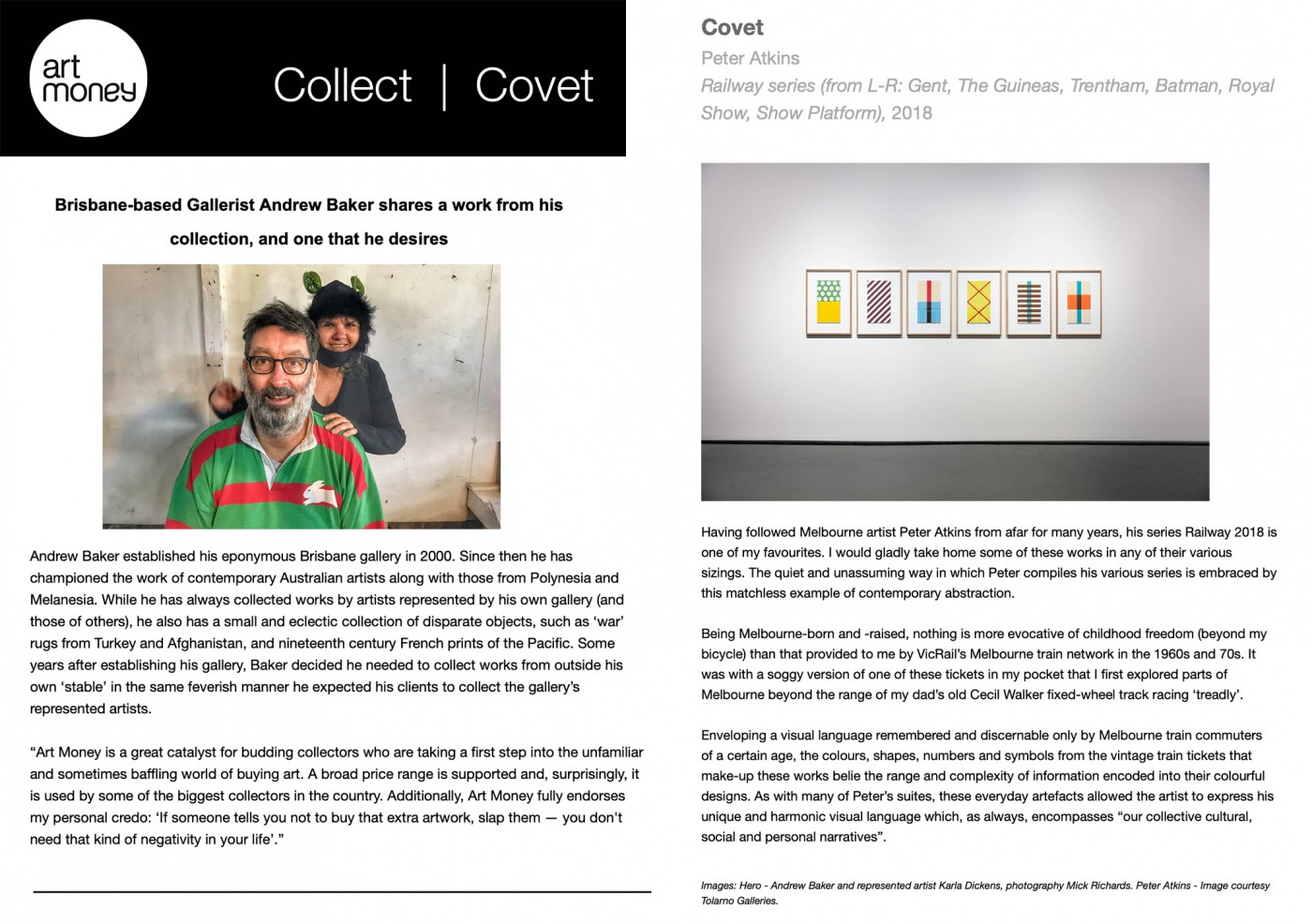
'TV WEEK 1980-1985'
A new suite of 20 paintings exhibited with Tolarno Galleries in their online viewing room through Melbourne lockdown 2020. Follow link for more images and essay.
Below: 'Those Crazy Dukes of Hazzard / Neil Diamond’s Torrid Love Scene'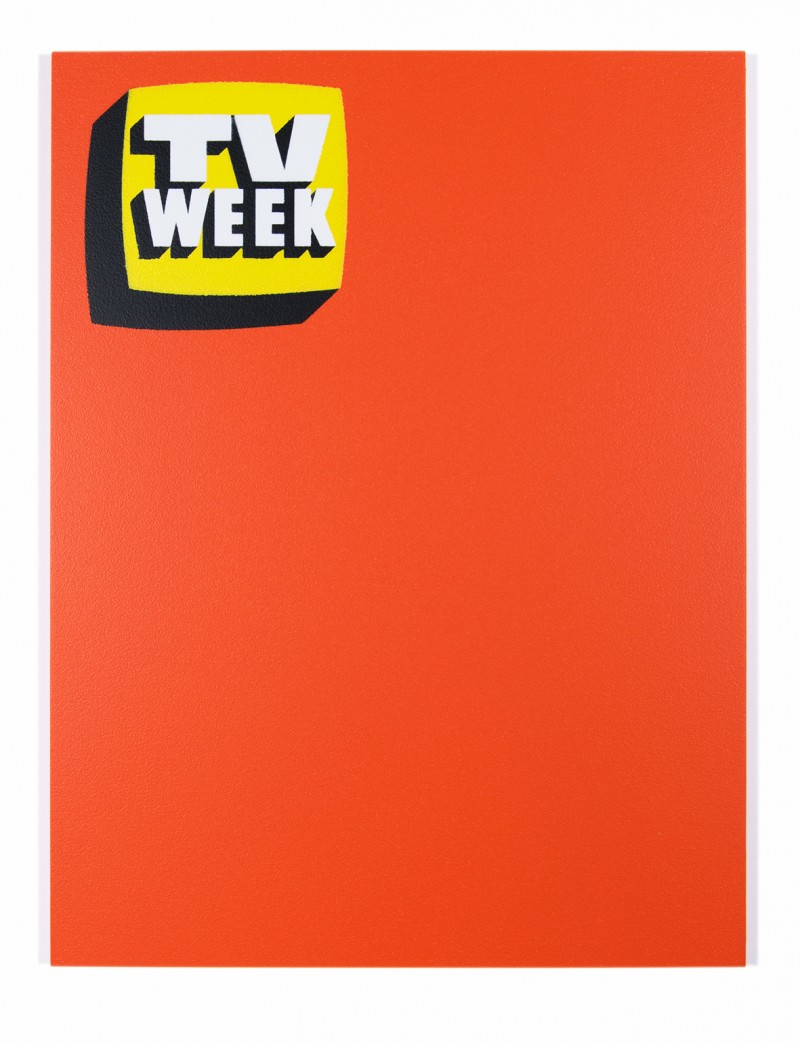
Hot Spot 2020
Hand cut vinyl on paper
150mm x 100mm
Towards the end of the first Coronavirus (COVID-19) lockdown in Melbourne, the Victorian Government announced that due to increased outbreaks and community transmission of the virus certain areas would be identified as ‘hotspots’. I was watching the news that night and found that we were actually sandwiched between two hotspots in the North of Melbourne. I use as reference for this work a screenshot of an information graphic from that night’s news bulletin mapping the various hotspots around Melbourne. I’ve deconstructed the dramatic data bubbles, removing all identifying data. The work represents a particular point in time, when fear, confusion and uncertainty was not only gripping Melbourne but the entire world. The work does not identify any particular suburb, city or country. It simply portrays a series of hotspots that could represent any part of the world at that point in time, in the midst of a pandemic.
I’ve donated this small new work titled Hot Spot as part of a postcard project titled ARTfair, with works donated by contemporary artists for a great fundraising initiative to raise funds for an organisation working with Aboriginal and Torres Strait Islander artists – The Barpirdhila Foundation which is an Aboriginal-controlled not-for-profit organisation aiming to contribute to the sustainability of excellence of the Aboriginal and Torres Strait Islander community within the creative industries. All funds raised will assist the organisation in continuing to invest in First Nations artists and arts workers.
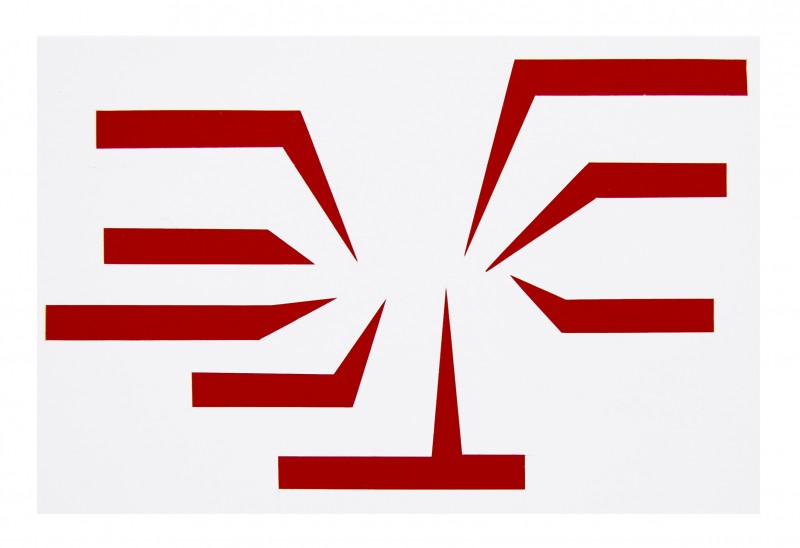
‘Eveready’ 2020
My work for Love In The Time Of COVID-19 finds inspiration close to home…in our kitchen drawer. A common item found in most homes and used primarily in times of emergencies, the EVEREADY Flashlight Battery. It seemed appropriate to reference this product during these dark days, a time of fear, confusion and uncertainty for everyone. The logo on the battery has been deconstructed - stripped of all pictorial and textual elements. The focus has been shifted to the beautiful red and blue abstract forms beneath...floating together in isolation.
Click on image for more info
Link to Love in the time of Covid - 19 complete project
#spreadartnotviruses is the brainchild of Shanghai-born, Melbourne-based Charlie Xiao. He launched the campaign to showcase what people are making as well as to express solidarity and support for those affected by the coronavirus.
The second poster in the campaign for Spread Art Not Viruses features my work 'Control Pain - Live Life' from 'Medicine 2012-16'.
'When I first heard about the initiative #spreadartnotviruses, I was immediately interested the concept, I thought it was a brilliant way to bring people together through positive connections, especially during this difficult time of COVID-19. Art has the ability to unite people across the world, across borders and countries, connecting them is surprising ways, to challenge, confront and open up dialogues. Sharing thoughts and ideas together in a global online community through this free, Augmented Reality social network, could help people in times of crisis, confusion and panic.
Art can help people overcome their anxieties and fears. Art is a universal, borderless language; we all speak it and we all connect to it. COVID-19 is a global pandemic and every person on the planet is affected in some way by this spreading virus. Many people are self-isolating or quarantining themselves away to help halt the spread of the virus. With so many people secured inside for such long periods it made sense to try to reach out and connect to each other through art and the hashtag #spreadartnotviruses which encourages artists, writers and other creatives from around the world to upload their own images or words to the platform.
The first images I posted to the campaign were from a series of small sculptures titled ‘Medicine’ 2012-15 which meticulously references various pharmaceutical boxes collected over the past few years. Some found on the street or discarded at the back of my local Chemist Warehouse, while others were purchased or prescribed to my family. Stripped of all text and incidental imagery the work focuses instead on the abstract, geometric patterns that underpin the unique visual language associated with pharmaceutical packaging.
I posted this particular series of work because of the references to anti-biotics, anti-fungals, painkillers and decongestive etc With individual titles such as ‘If Pain Persists’, ‘Two Tablets Daily’ ‘24hr Relief’ and ‘Control Pain-Live Life’ the works could be seen as an antidote (at least in a conceptual or visual sense) to the current viral pandemic situation. This initiative is a great chance to access and interact with art and artists from all over the world. A chance to distract yourself from the often-harsh reality of our current day to day lives by connecting online and looking at beautiful, interesting and challenging things and turning a negative into a positive'.
Read more on #spreadartnotviruses here

OBJECT LESSONS: Significance, Authenticity and Value
Counihan Gallery Brunswick
May 2 - July 5 2020
How do we relate to objects?
Objects can reveal a lot about human nature; an inclination to make, possess, consume, covet, touch, use or fetishise.
Object Lessons presents the work of nine artists who utilise objects within their practice that in a broad sense consider objects as cultural artefacts and in so doing prompt further questions about our own assignations and perceptions of significance, authenticity and value. With a set of seemingly disparate works that draw on histories, designs and materiality, Object Lessons invites us not just to look, but to consider our relationship to, and complicity, with objects.
Peter Atkins - Chris Bond - Carly Fischer - Kirsten Lyttle - Jake Preval - Steven Rhall - Yhonnie Scarce - Cyrus Tang - Claire Anna Watson
Curated by Victor Griss.
Prismatic Rhythms
Ten Cubed opens 2020 with our new exhibition, Prismatic Rhythms. From 4 Feb (Tues) till 29 February, the second exhibition under our five exhibition umbrella, the Symphony of Collection, will bring together a vivid, eclectic and visually diverse display of works from our collection.
Looking at basic art principles and its application across different mediums, Prismatic Rhythms, demonstrates the dynamism and diversity of these principles. The exhibition features artists, Peter Atkins, Hiromi Tango, Daniel von Sturmer, Anne-Marie May, Alexander Knox, Tony Albert, Alasdair McLuckie and Kate Rohde, from our collection
The Symphony of Collection (2): Prismatic Rhythms
4 February - 29 February 2020
Symphony of Collection, is a series of five exhibitions that celebrates Ten Cubed's ten fabulous years of collecting. The series is presented metaphorically as a 'movement' from our Ten Cubed collection.
Geelong Gallery - Recent Acquisitions
Haus Werk: The Bauhaus in Contemporary Art
McClelland Sculpture Park and Gallery
24 November 2019 – 15 March 2020
The exhibition Haus Werk: The Bauhaus in contemporary art, 24 November 2019 to 15 March 2020 at McClelland Sculpture Park + Gallery, forms part of the official 100jahrebauhaus program of events that celebrates the centenary of the Bauhaus in 2019. Including Australian and international contemporary artists and performers, Haus Werk affirms the relevance of methods first grounded in the Bauhaus, and explores the way these concepts have new applications across different locations and times. Echoing the expansive educational agenda of the Bauhaus, the project incorporates exhibitions, architecture, a library resource, an education program and a catalogue.
The title refers to the way our understanding of the Bauhaus has become entwined with domestic space, with particular emphasis on the influence of the female artists who were relegated to the weaving workshop . Acknowledging the production of artwork as both a form of labour and a kind of play, the project encourages a fluid understanding of these states of production, as outlined by Bauhaus master Johannes Itten in 1919: ‘Play becomes celebration; celebration becomes work; work becomes play. Our play should become work; our work, a celebration; and our celebration, play. I regard this as the supreme excellence of the human tasks .’ [‘our play, our party, our work’ was the title given by Johannes Itten to his lecture of 1919]
Haus Werk includes an exhibition across the three internal gallery spaces as well as outdoor installations at McClelland Sculpture Park and Gallery; a series of public programs to accompany the project including a kite festival and a lantern parade; an installation by Jacqueline Stojanovic at the Glass Cube in central Frankston; a series of related publications on display available for reading and perusal at Frankston Library; and a catalogue.
The project features an even allocation of Australian and international participants to increase dialogue and strengthen networks in the fields of art and design. In doing so, the project opens for consideration the differing contexts of influence.Many of the international artists have never exhibited in Australia before.
Artists: Peter Atkins (AUS); Anael Berkowitz (USA/ISR); Katja Brinkmann (DEU); Danica Chappell (AUS); Sarah crowEST (AUS); Elizabeth Day (AUS); Stephan Ehrenhofer (AUT); Assaf Evron (ISR/USA); Anna Farago (AUS); Robert Jacks (AUS); Paul Knight (AUS); Eva-Fiore Kovacovsky (CZE); Paul Klee (CZE); Mafalda Millies and Roya Sachs (USA/DEU); John Nixon (AUS); Laresa Kosloff (AUS); Jordan Marani (AUS); Sam Martin (AUS); Bernd Ribbeck (DEU); Jacqui Stojanovic (AUS); Esther Stewart (AUS) and Pallavi Sen (IND); Sebastian Stadler (CZE); Tim Tetzner (DEU); Claudia Wieser (DEU)
Curated by Jane O’Neill, with Lisa Byrne and Simon Lawrie
CHAOS AND ORDER (re-imagined) 2014 -19
click on image for more details
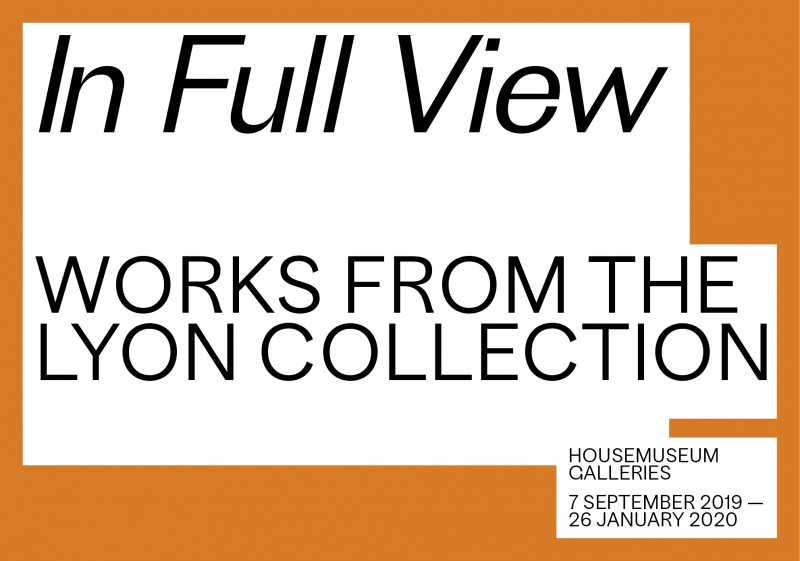
In Full View
7th September 2019 - 26 Jan 2020
Housemuseum Galleries
217 Cotham Rd
Kew, 3101
Tuesday – Sunday
10am – 5pm
+61 (3) 9817 1725
The Lyon Collection represents a thirty-year journey by collectors Corbett and Yueji Lyon in their support of Australian contemporary art. From small beginnings in 1990 the Lyon Collection has grown into one of the largest collections of its type in the country, representing more than sixty emerging and established Australian artists.
In Full View presents selected works from the collection displayed in a panoramic salon-style hang, inviting visitors to survey the collection's breadth and depth through the narratives of Collector, Artist, Home and Family.
In Full View
Works from the Lyon Collection
7 September 2019 – 26 January 2020
Major Works
GAGPROJECTS Adelaide
4.9.19 - 13.10.19
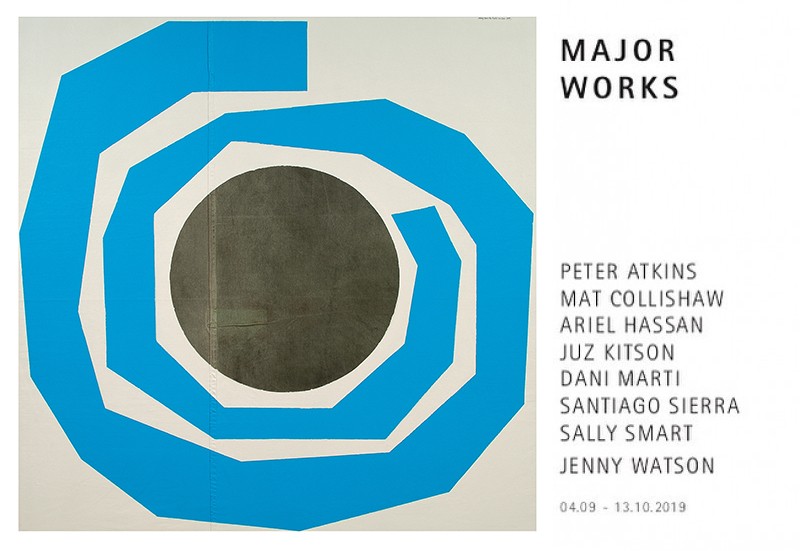
Shit That I Like
A show programmed by self-professed non-curator Benjamin Aitken.
Nicholas Projects
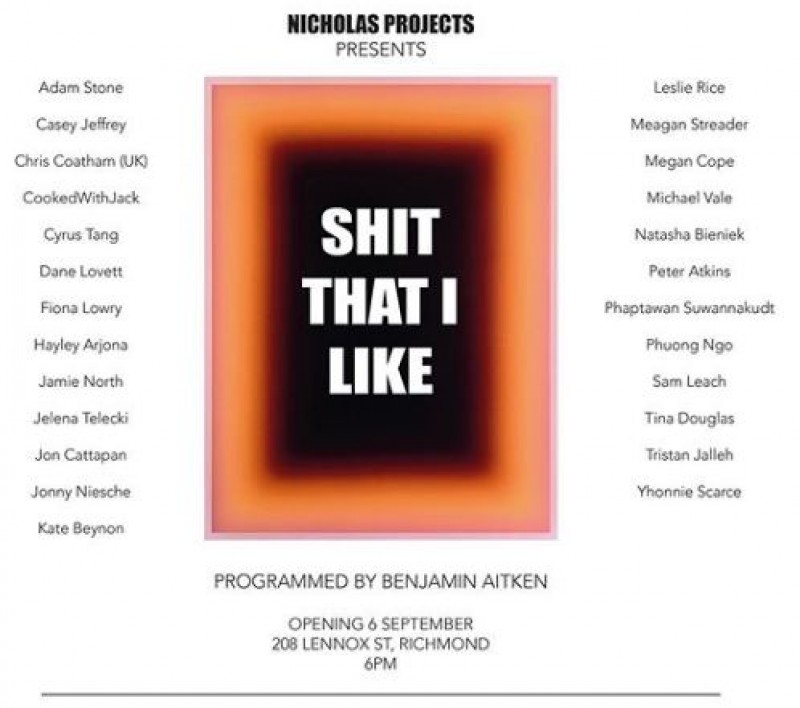
VAULT Magazine
Issue 27 Aug - Oct 2019
'Ticket to Ride' by Dr Peter Hill
Dana and I hosted the launch for Sydney Contemporary's V.I.P. 2019 Program at our home and studio this week.
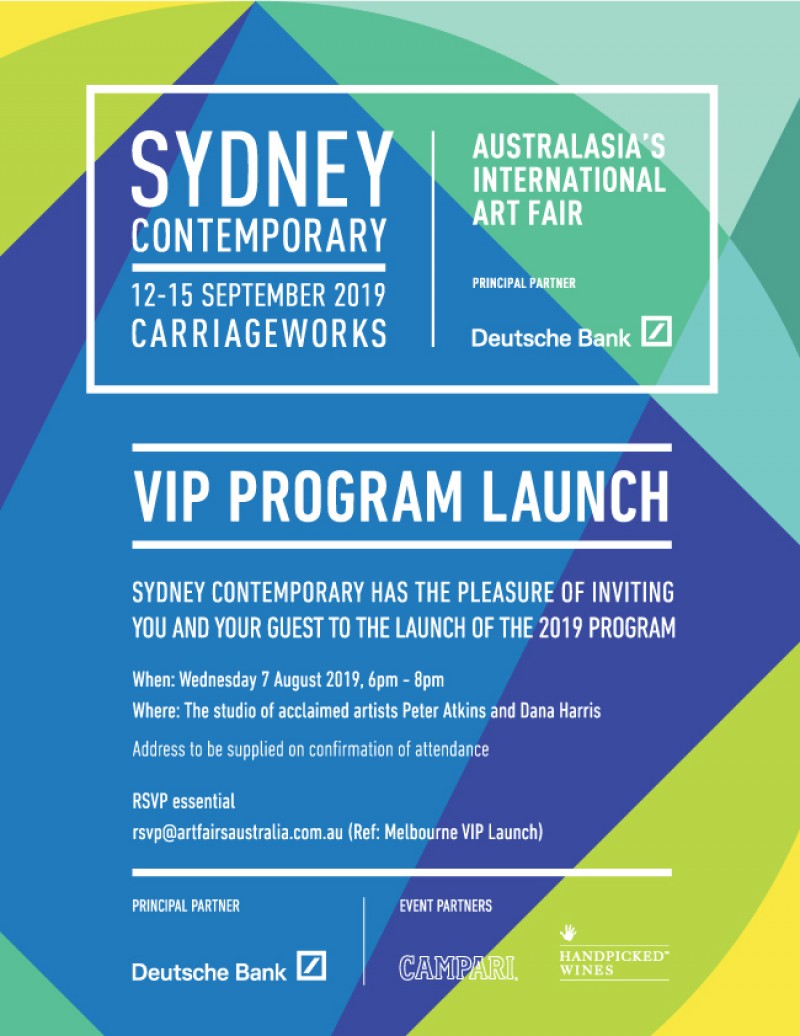
New York Times
36 Hours in Melbourne
Justin Bergman
May 2 2019
Art Monthly
April 2019 edition
The Design Files
21st March 2019
The Passengers
Tolarno Galleries
March 23 - April 27 2019
Clement Meadmore and the Modernist Wave - State Library of Victoria February 7th, 2019
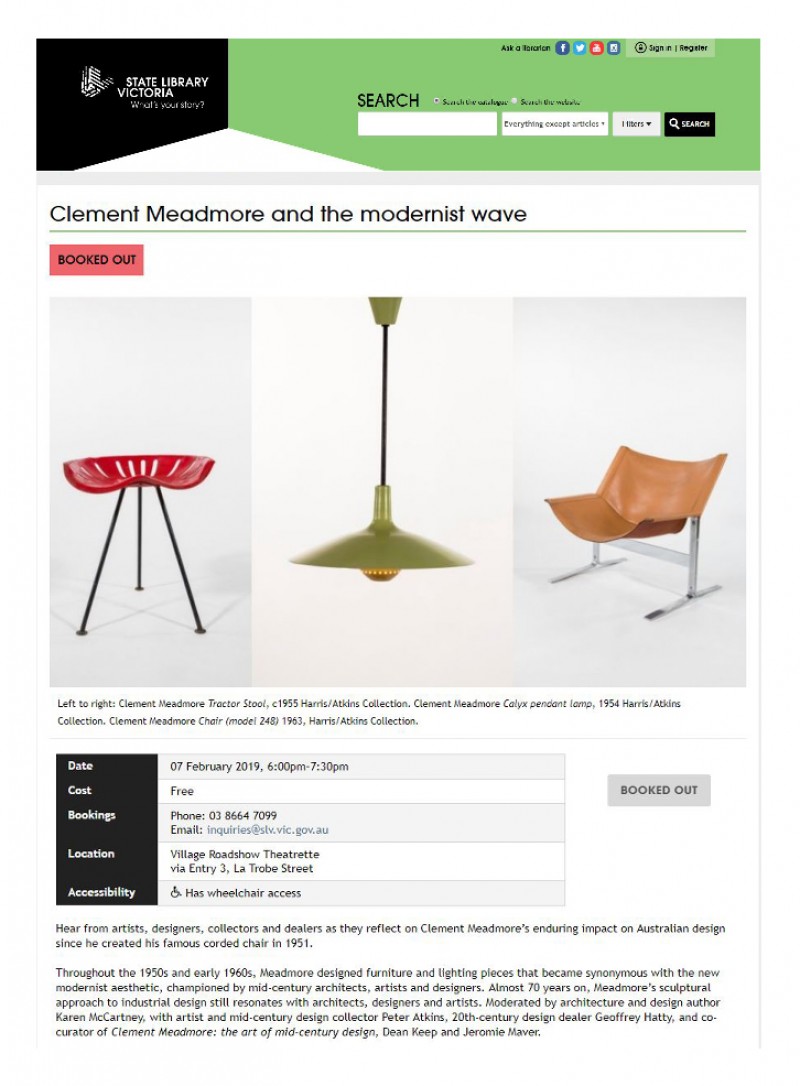
Clement Meadmore: The art of mid-century design is the first major survey to focus on the industrial design practice of one of Australia's most internationally successful artists. Curated by Dean Keep and Jeromie Maver, the exhibition charts the evolution of Clement Meadmore's design aesthetic in the 1950s and early 60s, before he shifted his focus to sculpture, and highlights the role Meadmore played alongside Australia’s most innovative and progressive designers of the mid-century period.
The exhibition sheds light on a time when mid-century tastemakers sought to shape post-war Melbourne into a thriving and cosmopolitan city that, through the intersection of art, design and architecture, embodied the ideals and principles of the modernist aesthetic. Meadmore's first furniture design, a steel rod and corded dining chair created in 1951, became an instant hit, catching the attention of the highly influential modernist architect Robin Boyd and receiving the Good Design Award from the Society of Interior Designers of Australia (SIDA). The chair would later form part of the iconic thirteen-piece series known as the Meadmore Originals.
For just over a decade, Meadmore produced a small range of innovative furniture and lighting designs, popular with architects, artists and designers of the period. The ground-breaking modern homes designed by architects such as Robin Boyd, Neil Clerehan and Peter McIntyre were not complete without Meadmore furniture or lighting, often placed alongside pieces by Frances Burke, Grant Featherston, Fred Lowen and Douglas Snelling. Meadmore's furniture and designs were regularly featured in journals such as Australian Home Beautiful and Architecture and Arts, and sold at Marion Hall Best’s showrooms in Sydney and Frances Burke’s New Design store in Melbourne.
In 1955, prior to the 1956 Melbourne Olympics, Meadmore was commissioned by Ion Nicolades to design the interiors of the Legend Espresso and Milk Bar and the Teahouse, both in Melbourne. Drawing upon international modernism and a new-found passion for Italian culture, the Legend Espresso and Milk Bar is arguably one of Meadmore’s greatest achievements and became a touchstone for many young creatives in 1950s Melbourne.
In the latter part of the 1950s, Meadmore’s attention increasingly shifted to his sculptural practice and the gallery scene, whilst maintaining his industrial design practice. He would also play a pivotal role in establishing and managing Max Hutchinson’s Gallery A. Known as the Little Bauhaus, the gallery championed non-figurative art and industrial design, with Meadmore responsible for designing the gallery's line of contract furniture.
The result of 10 years research, Clement Meadmore: The art of mid-century designpresents many pieces for the first time, alongside newly discovered Meadmore designs. The exhibition also presents a rare opportunity to see original furniture and lighting designed by Meadmore for the modernist interiors of the Legend Espresso and Milk Bar and the Teahouse. The iconic designs in this exhibition - including chairs, tables, light fixtures, and graphics - are enlivened by archival images and documents, alongside interviews with the artist’s family and colleagues connect
